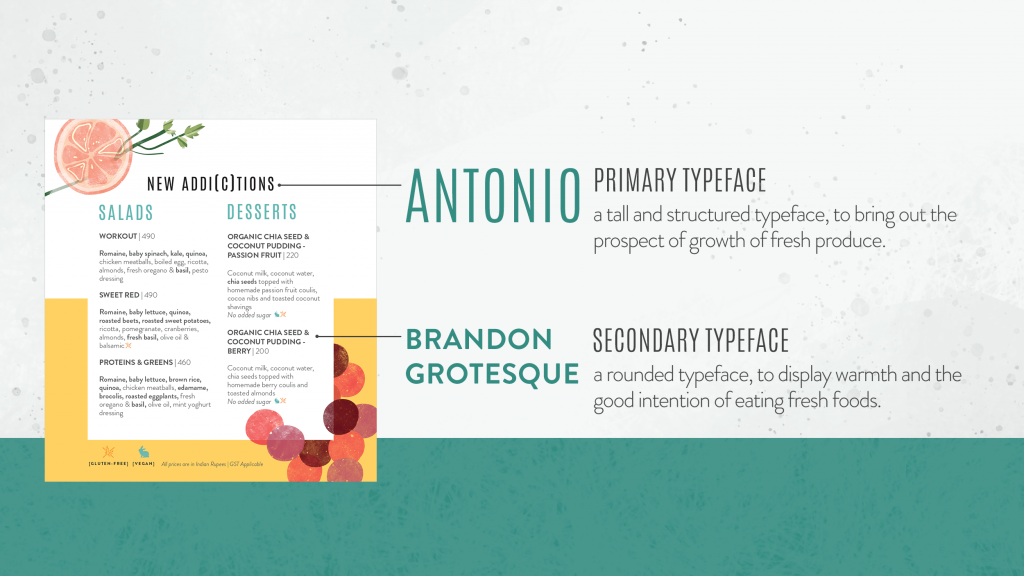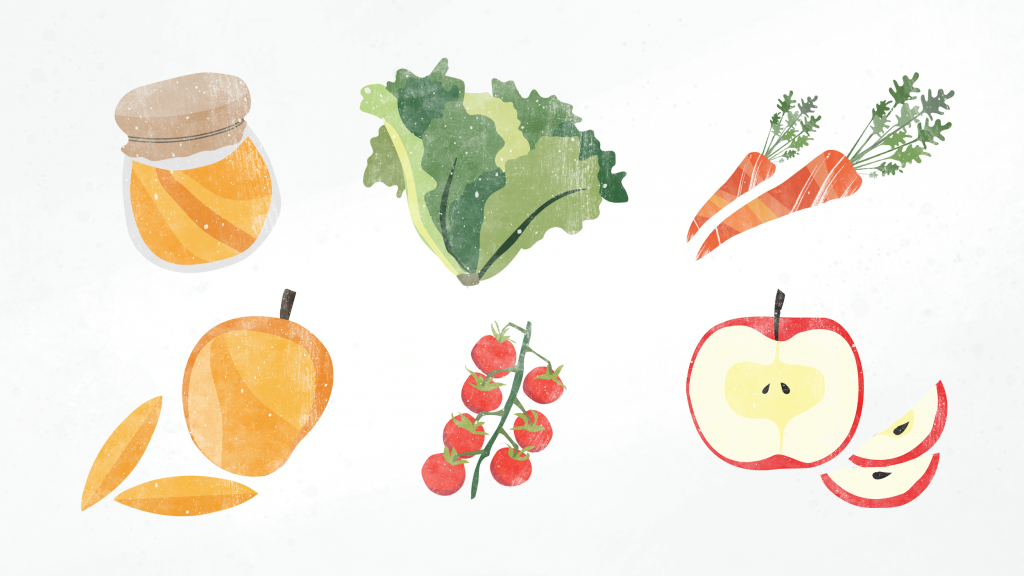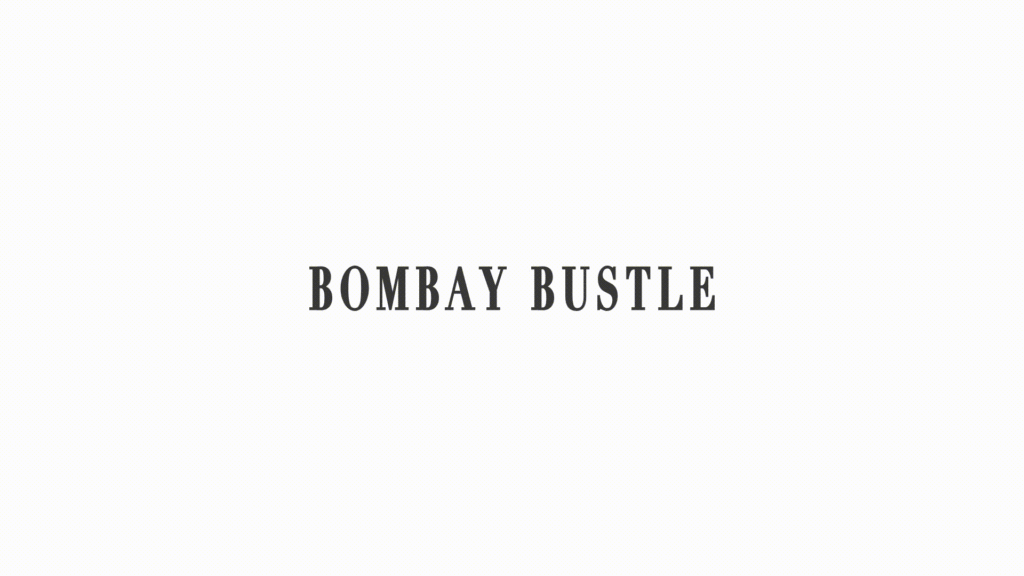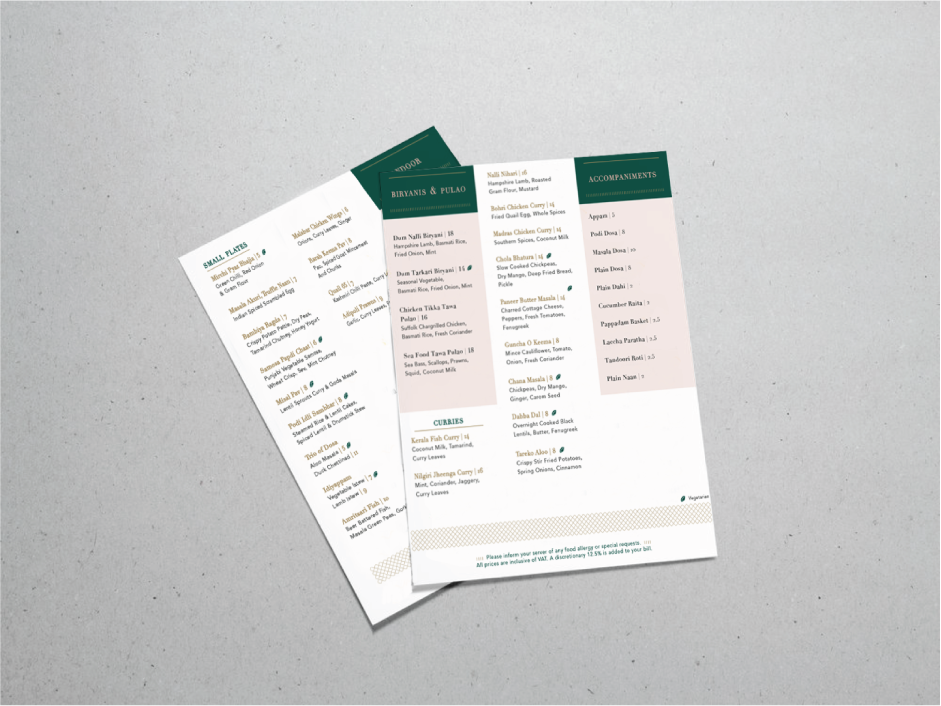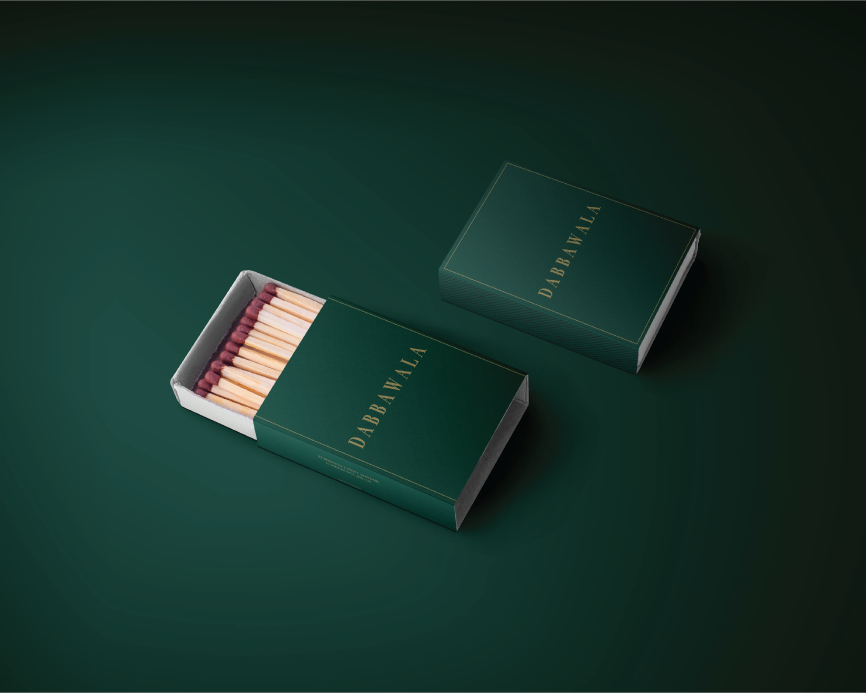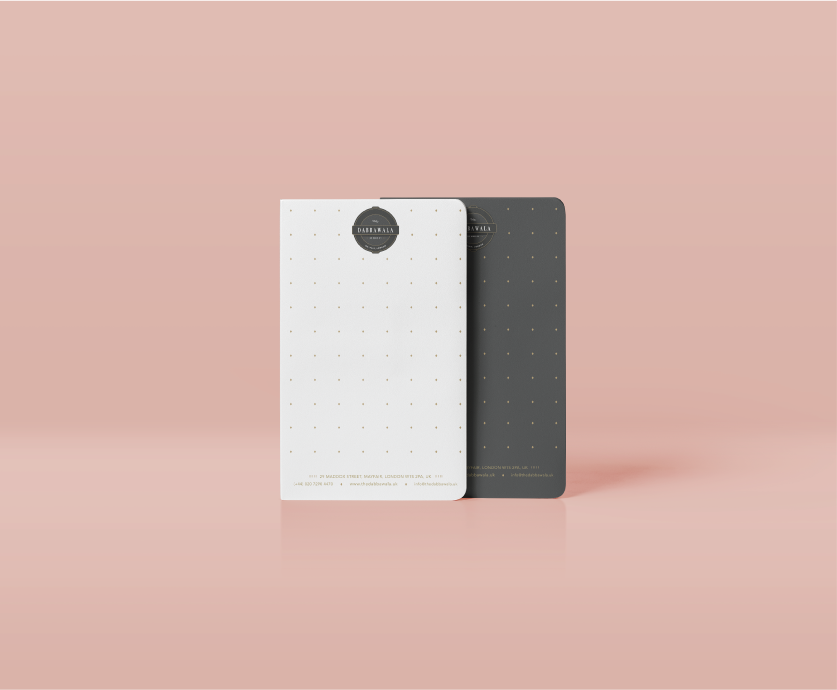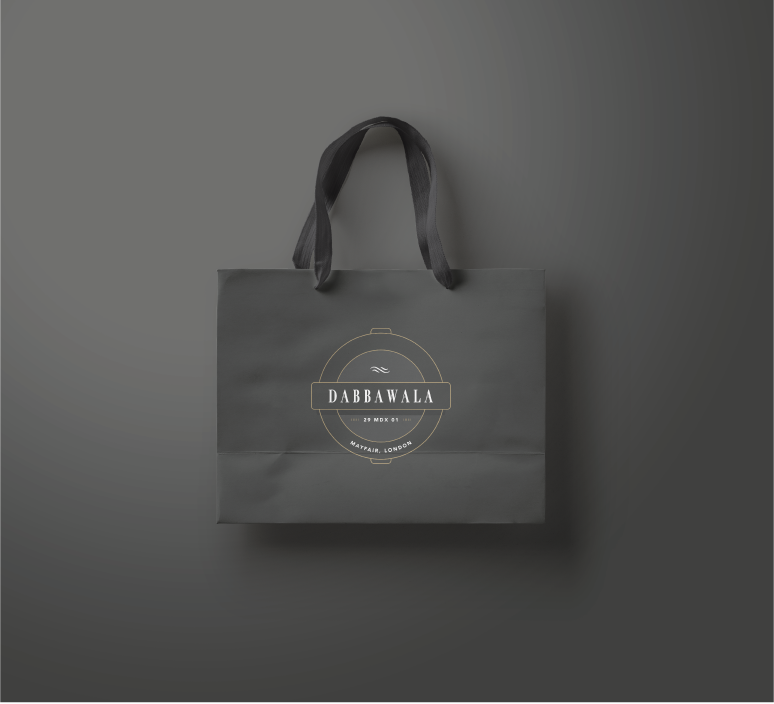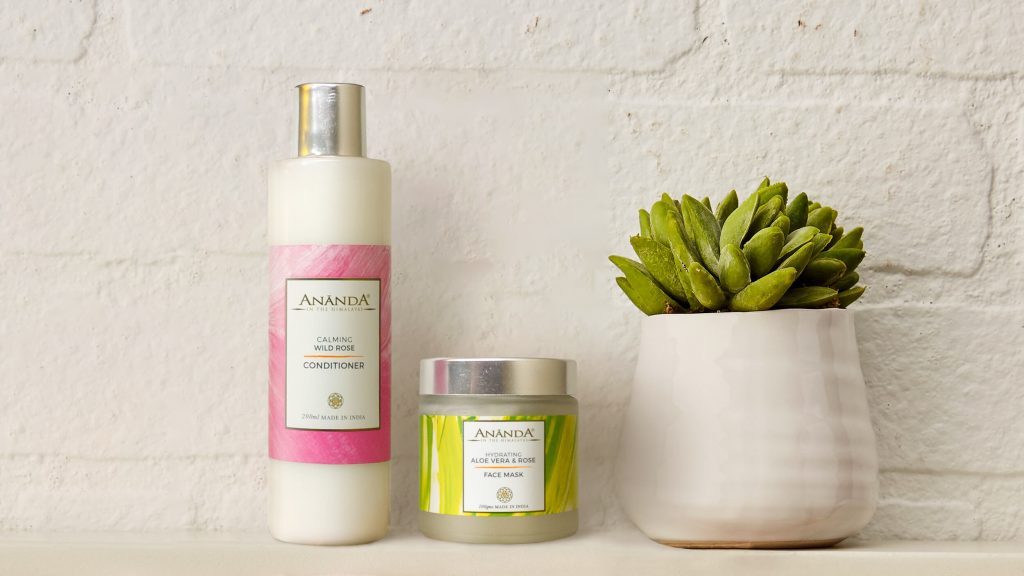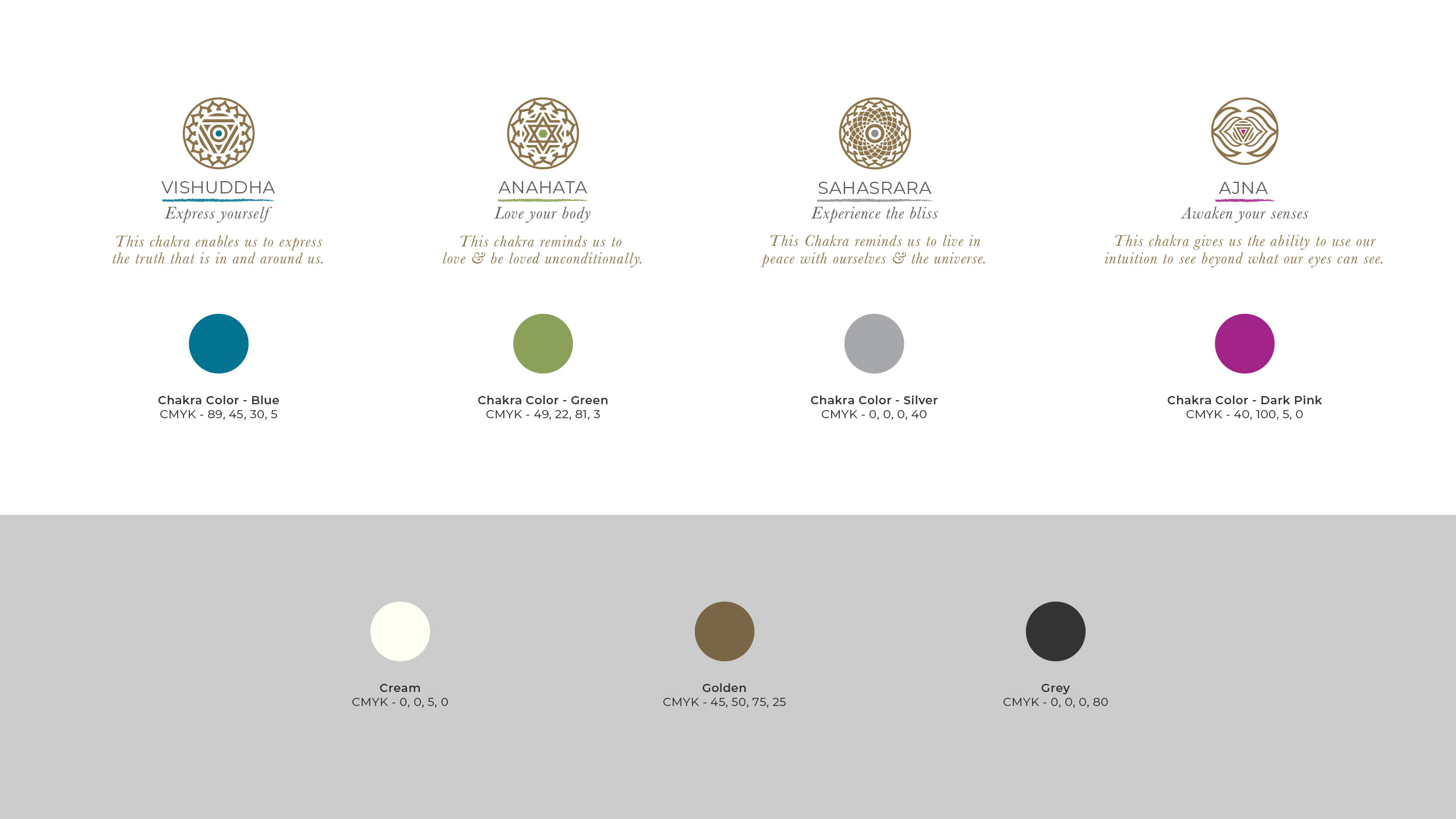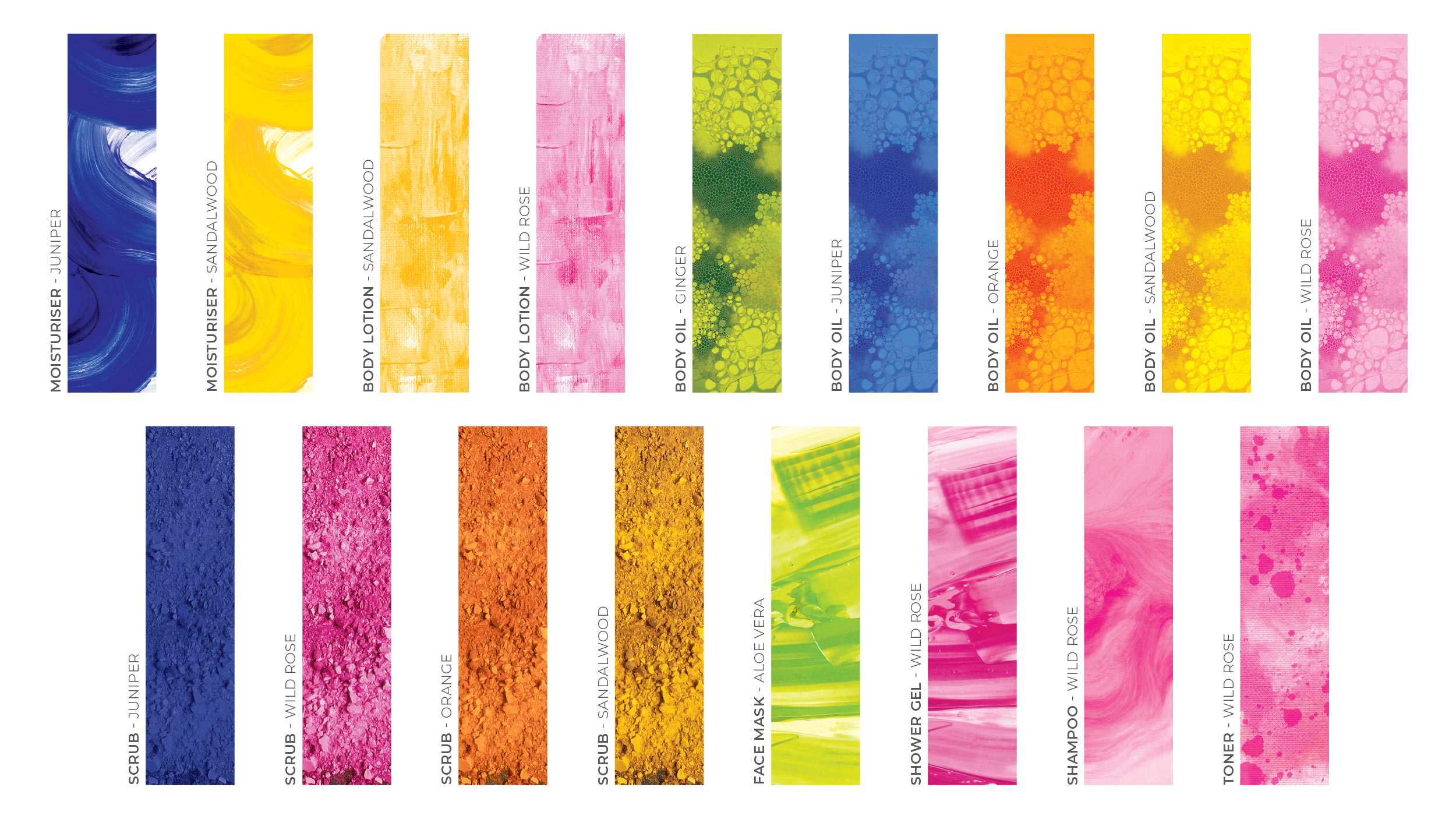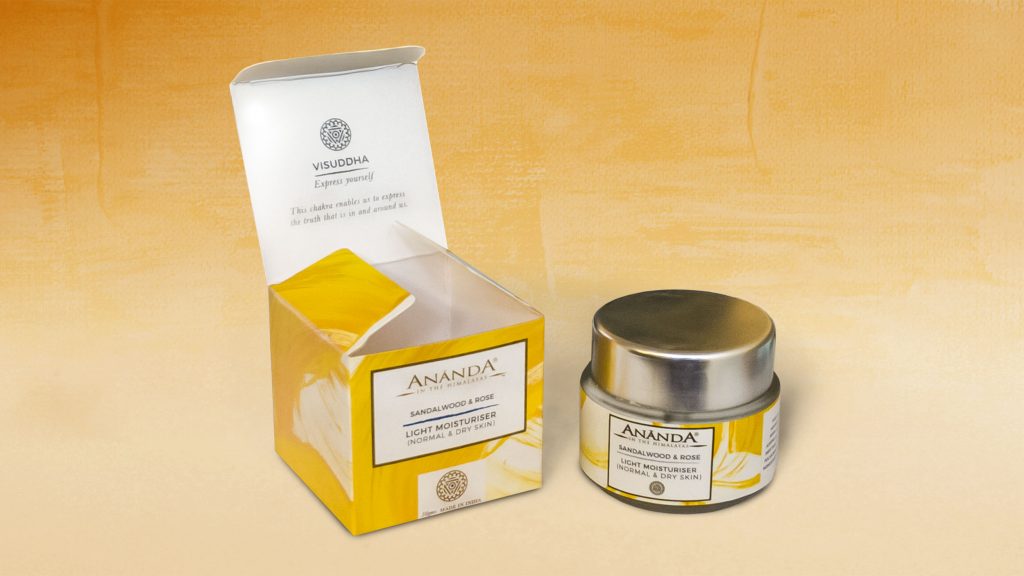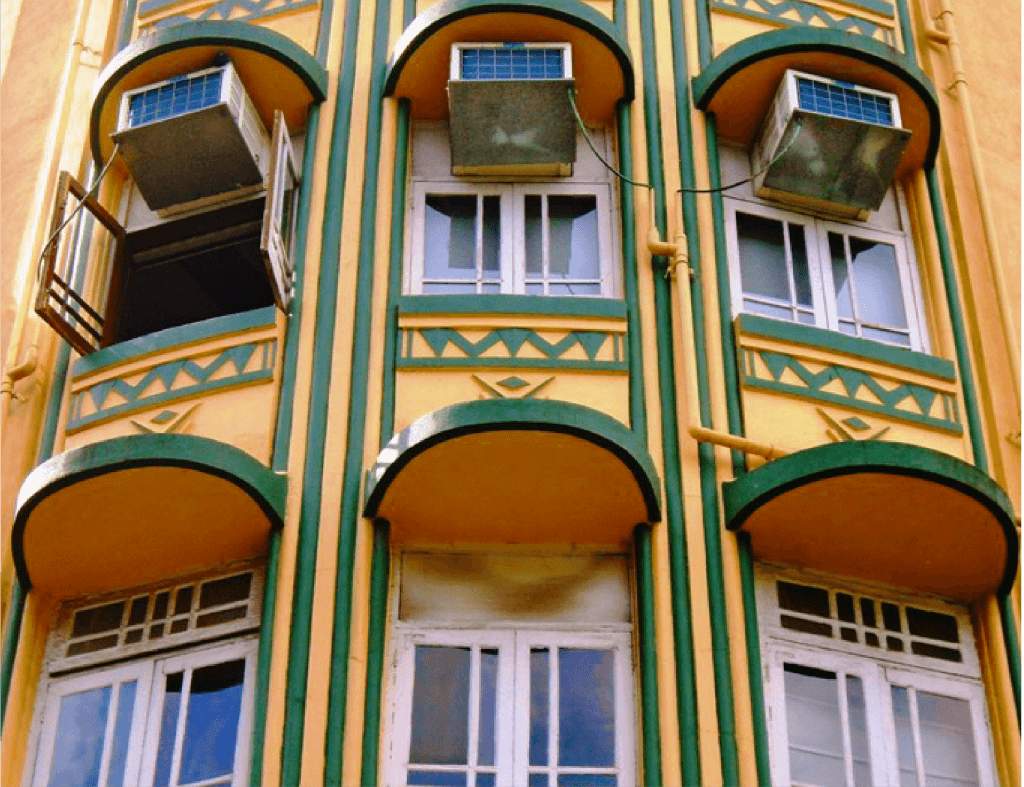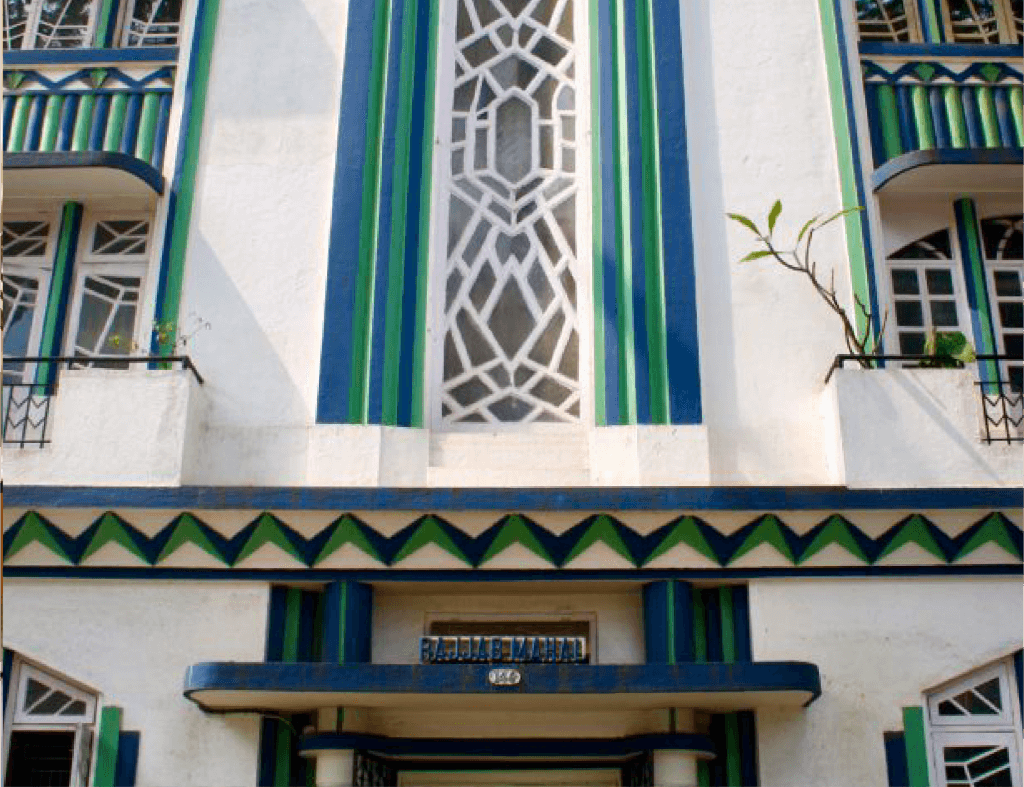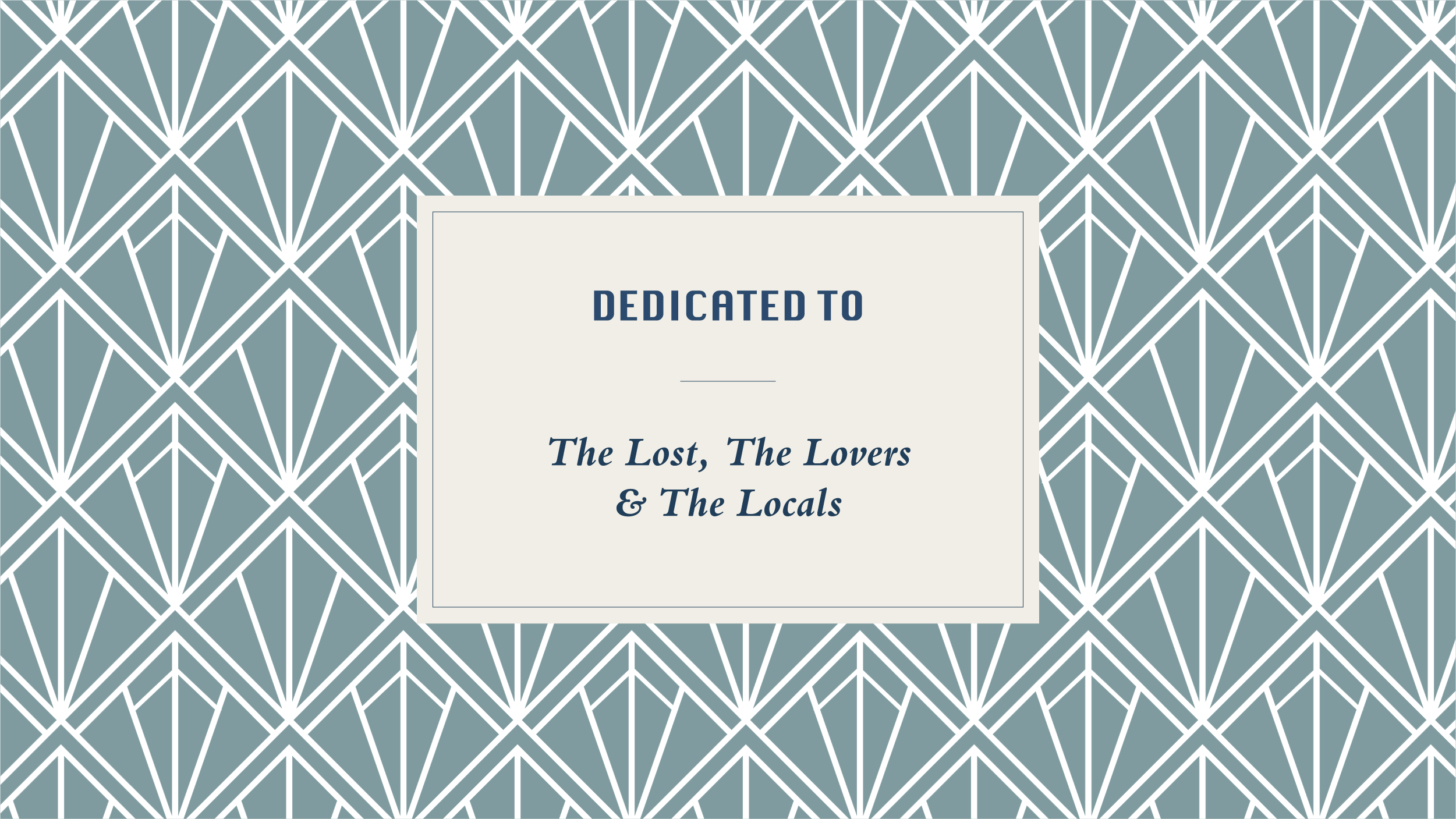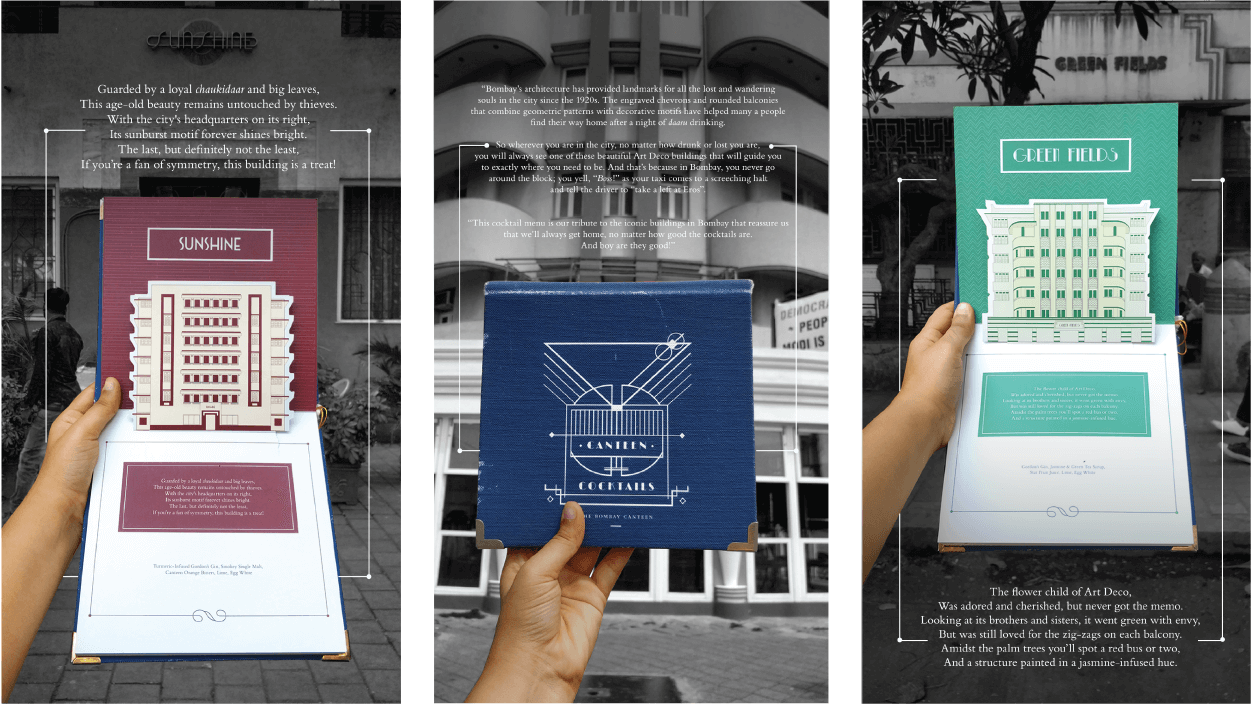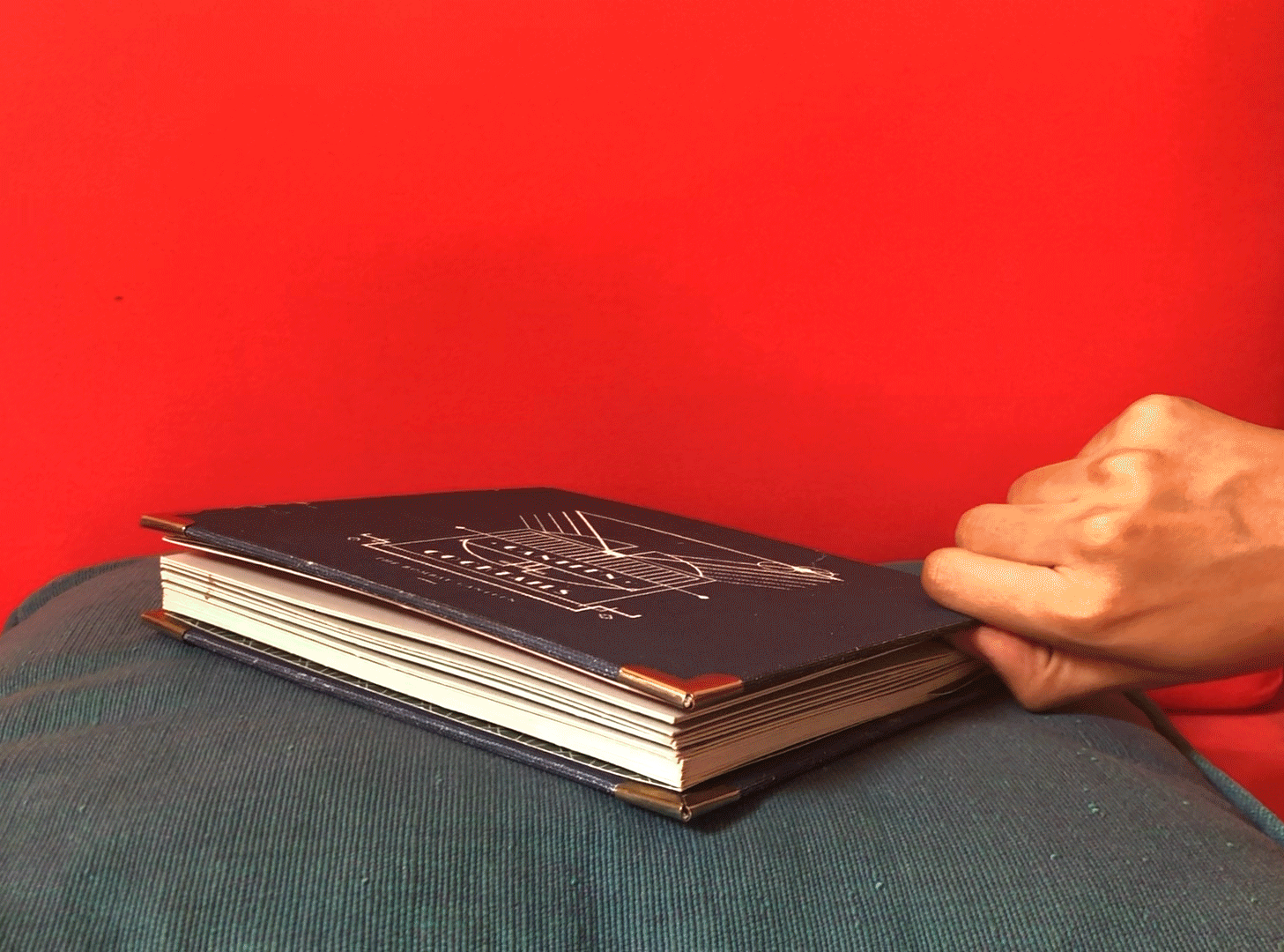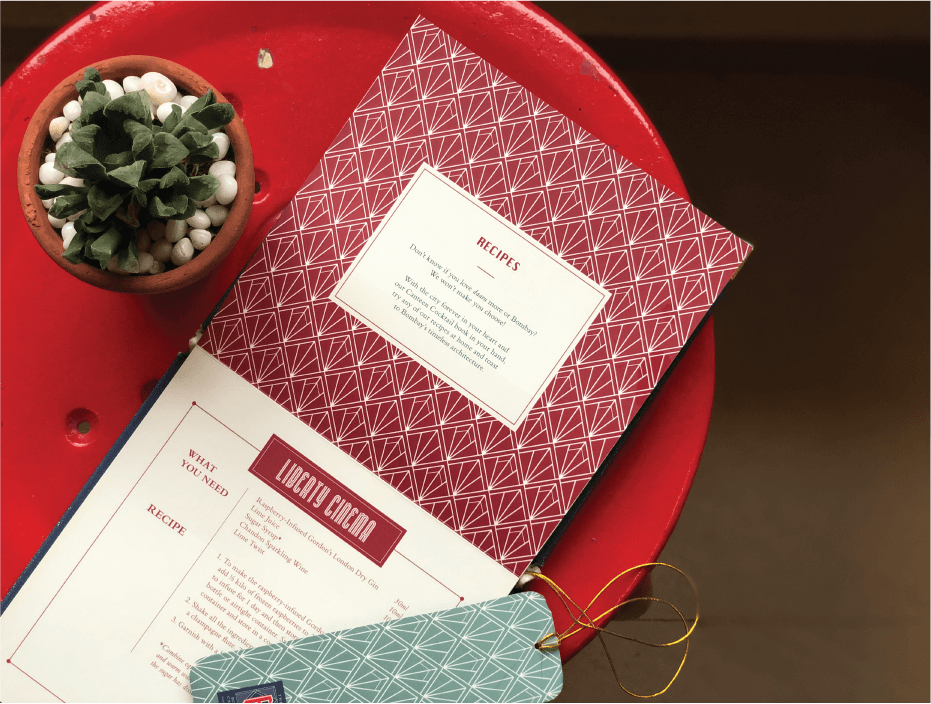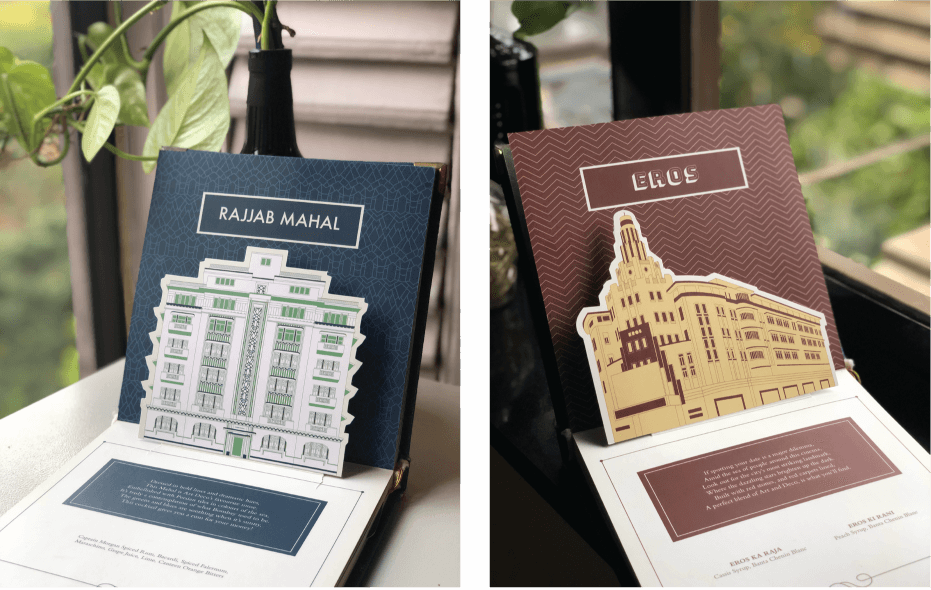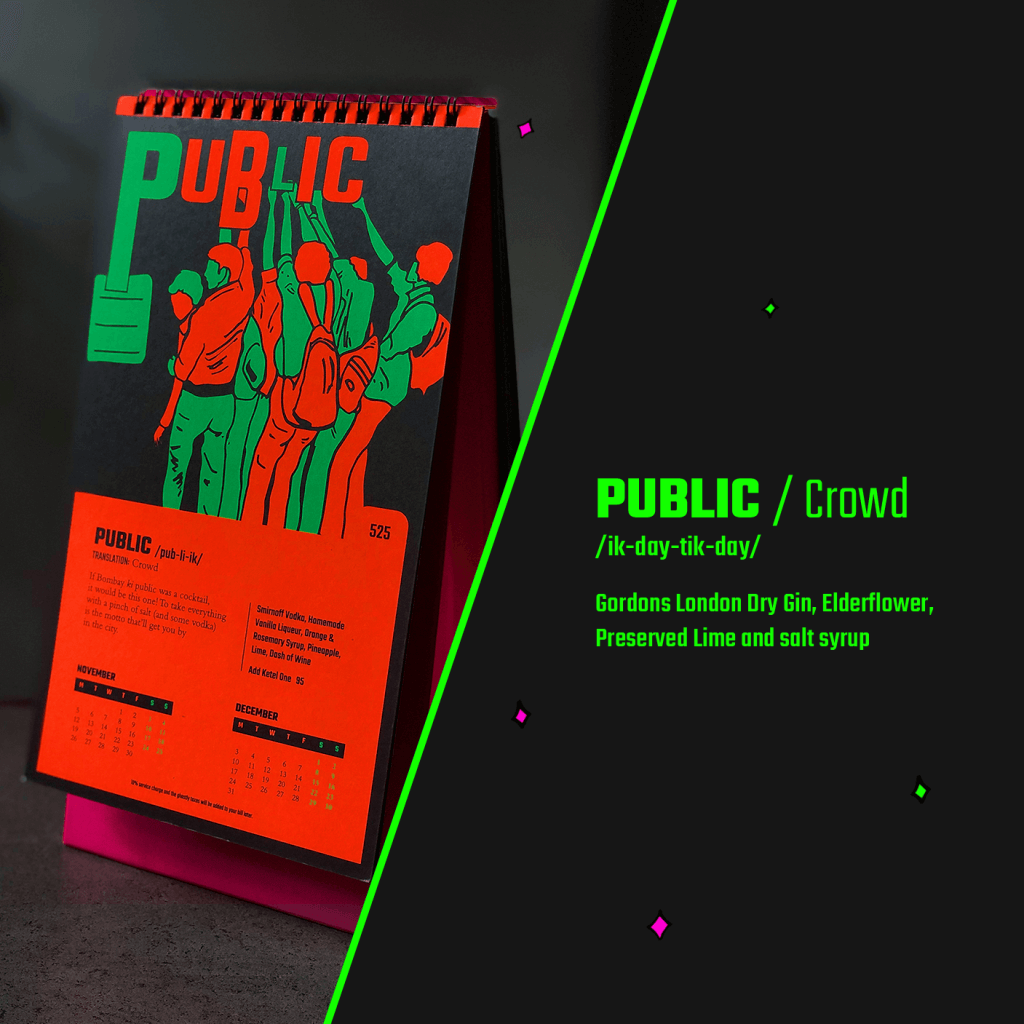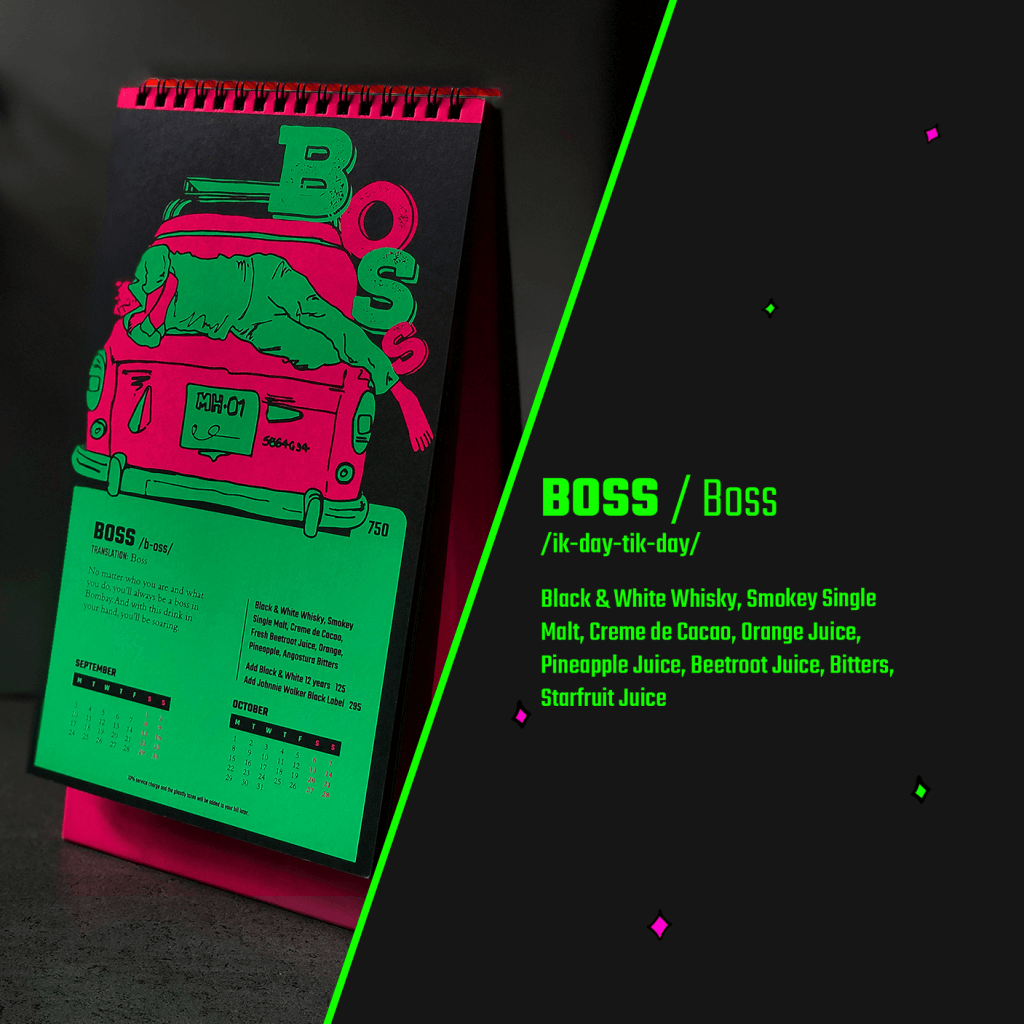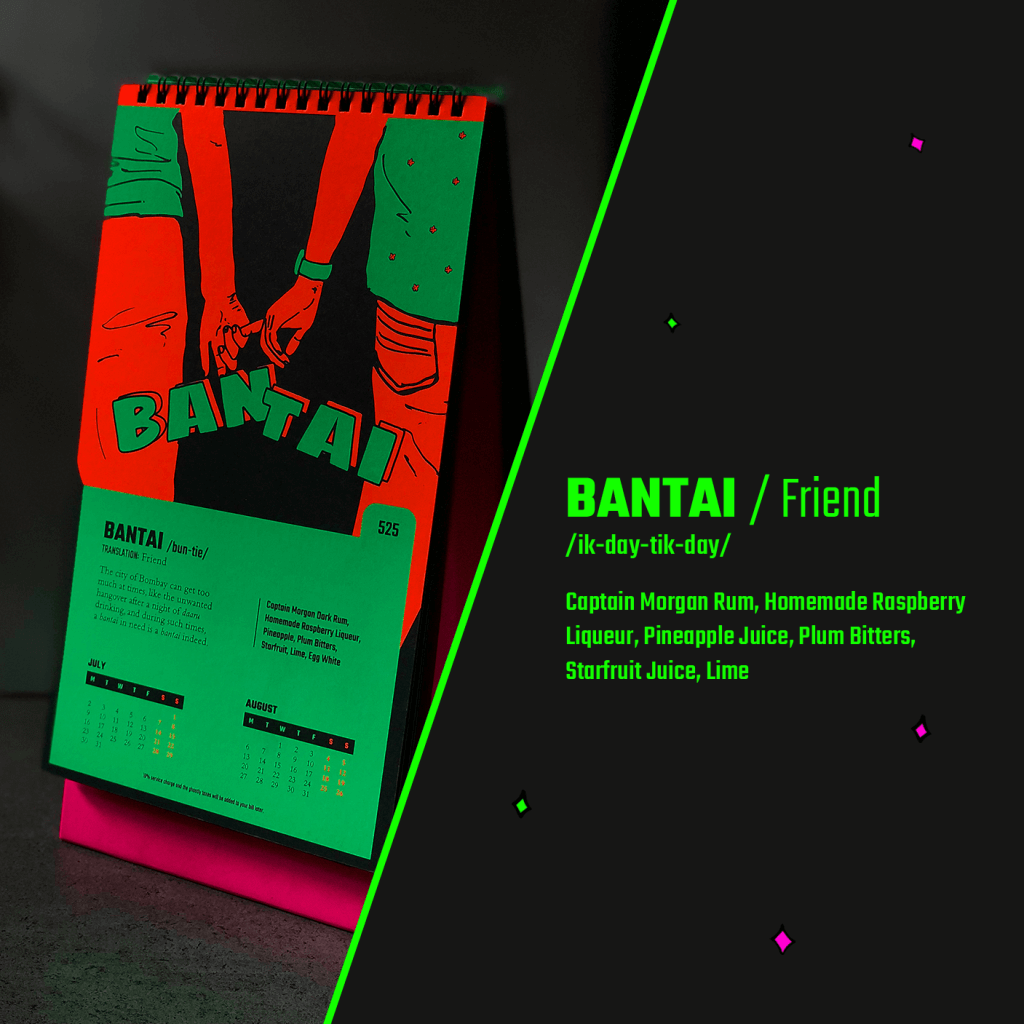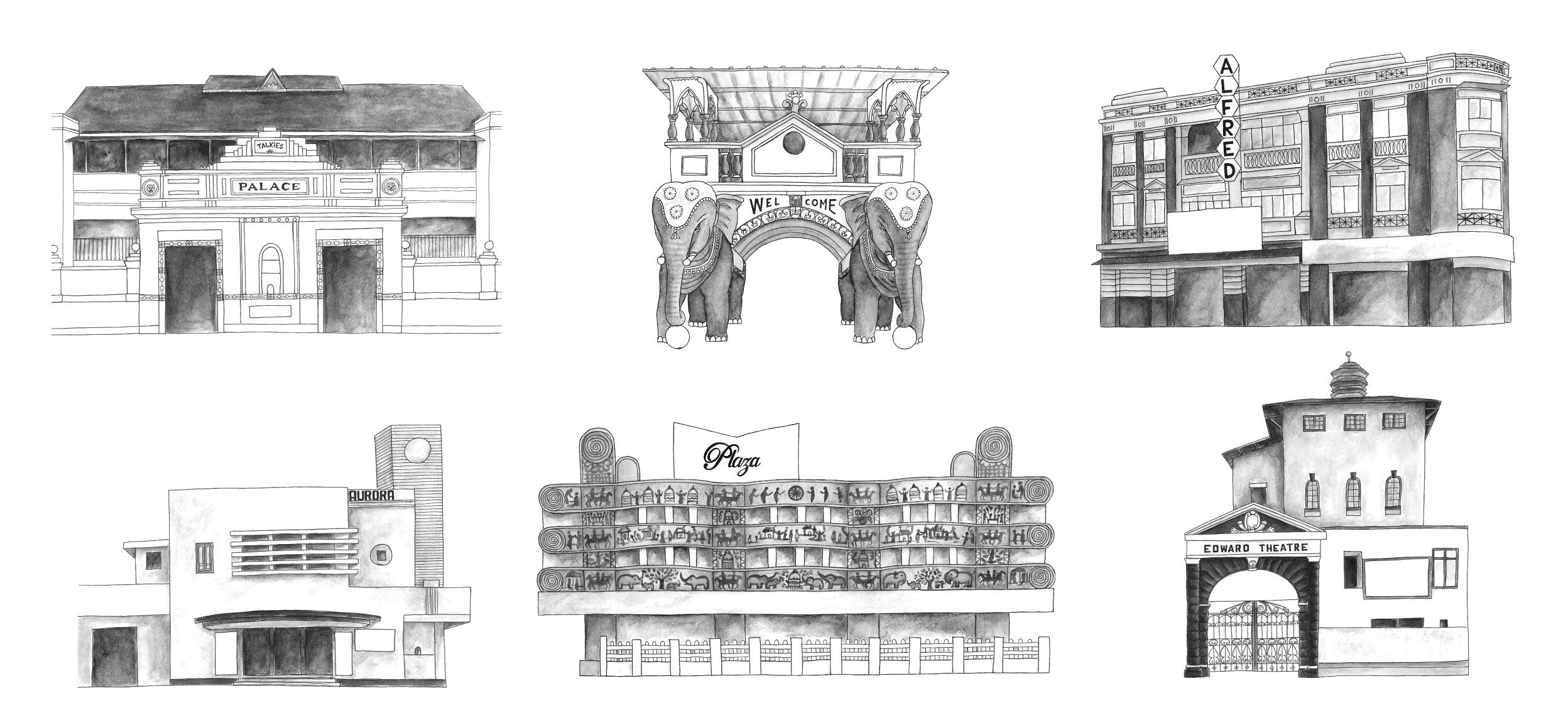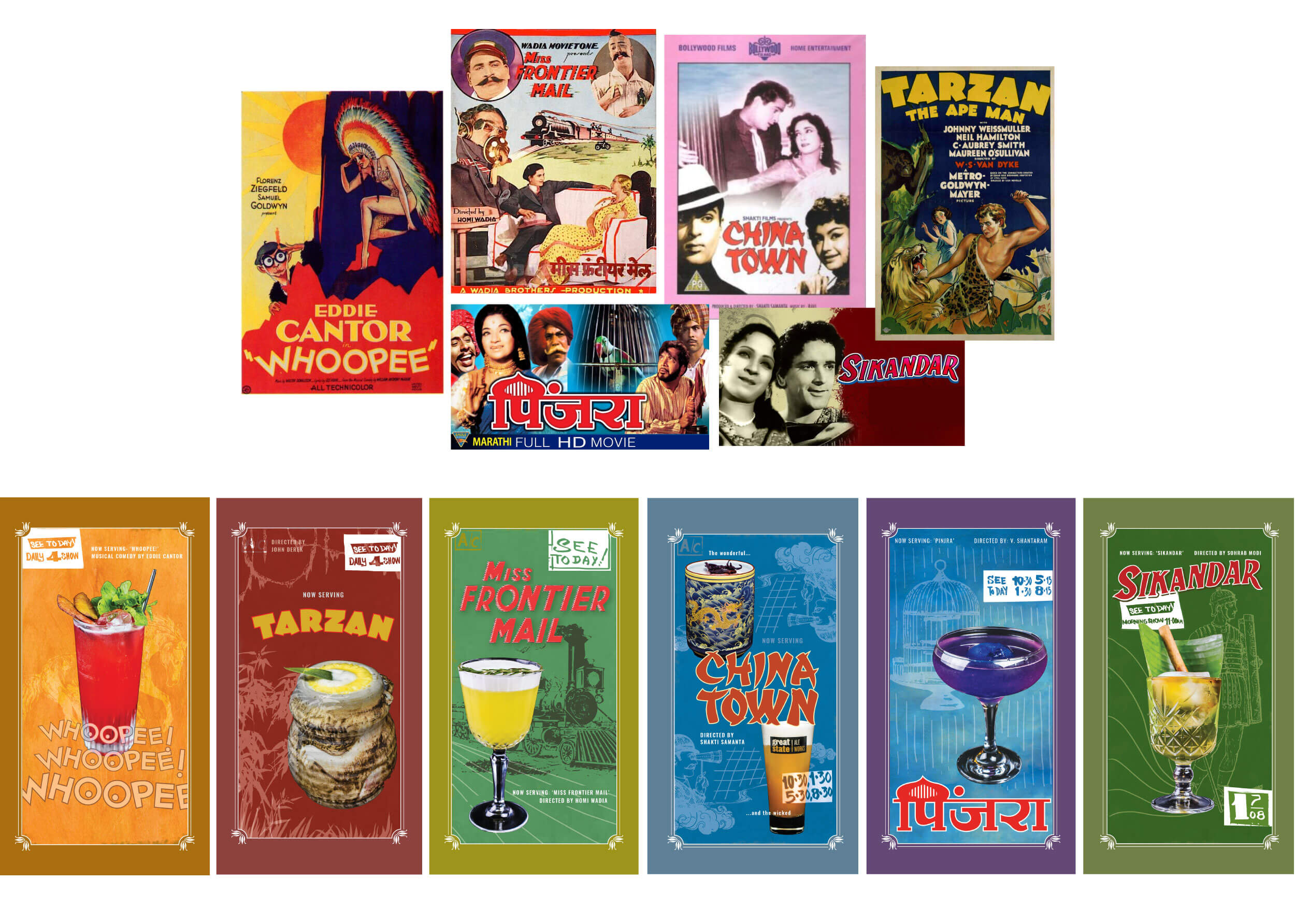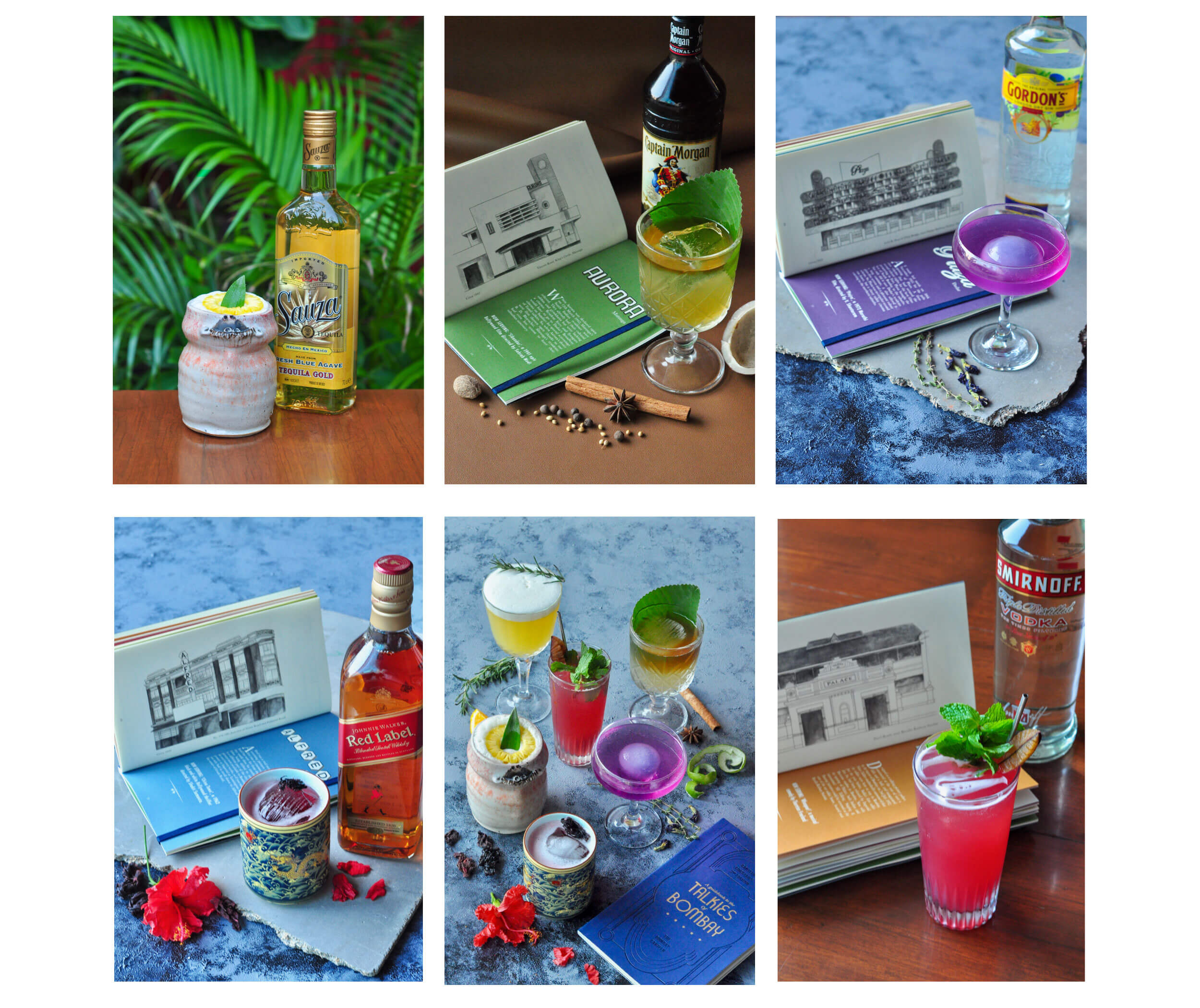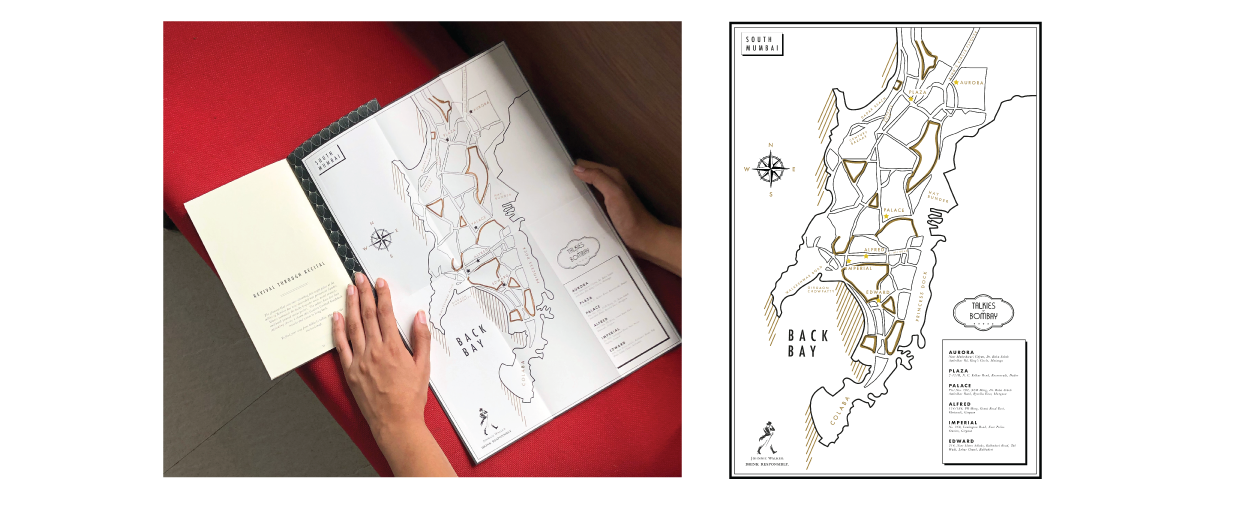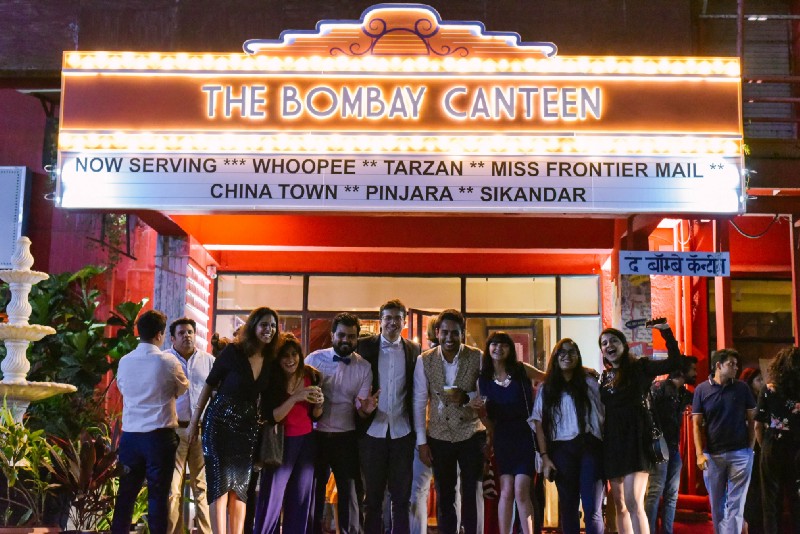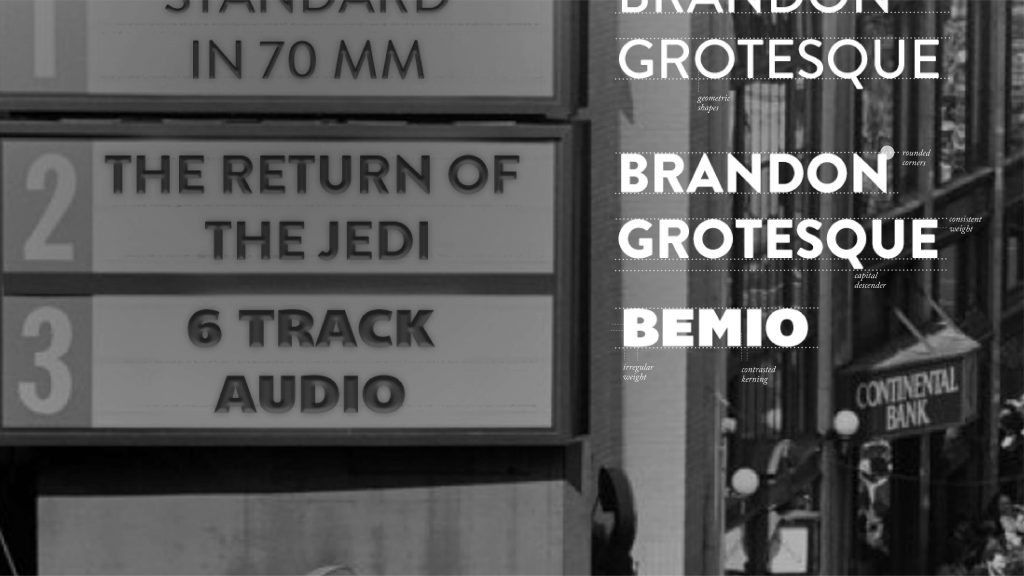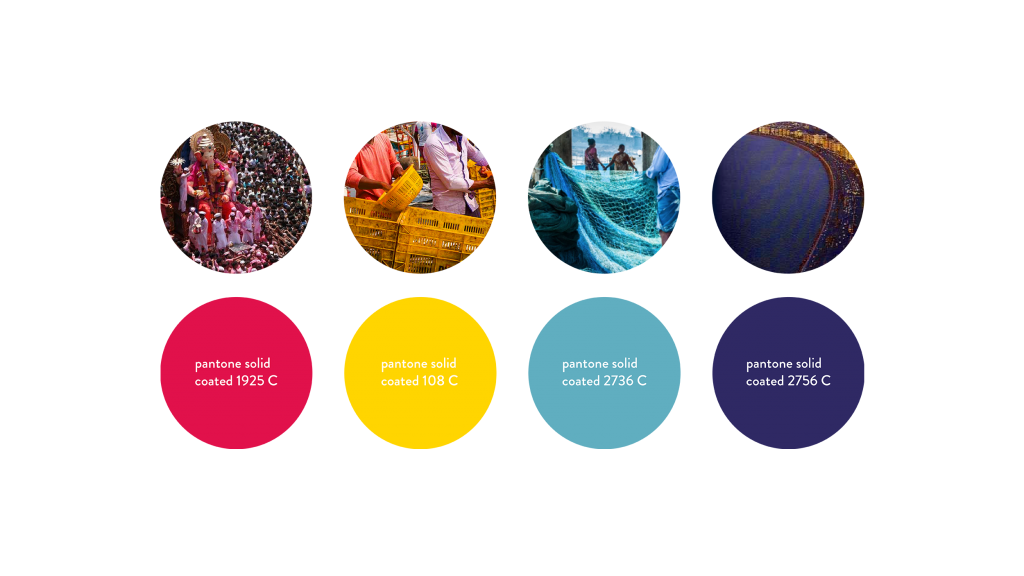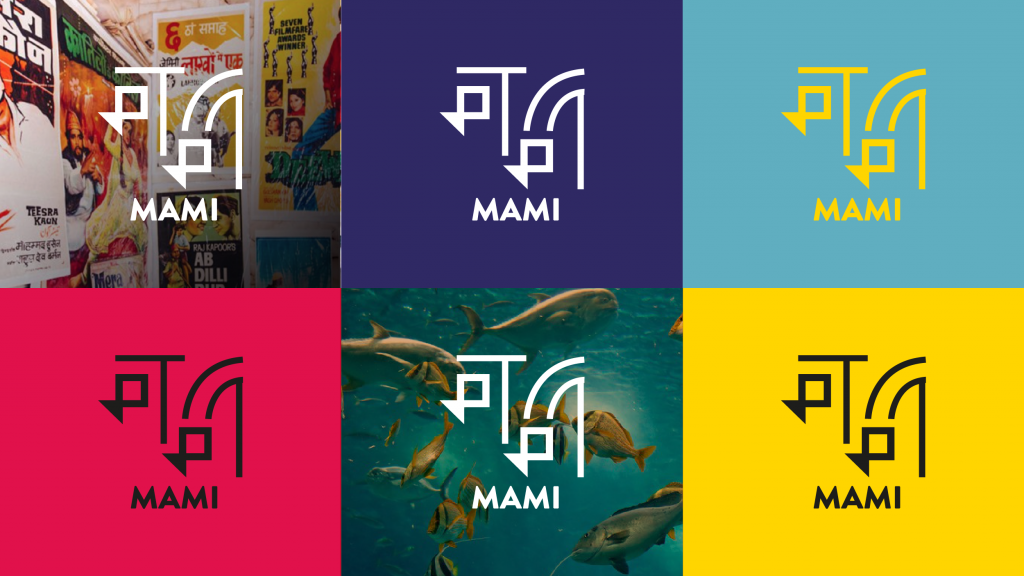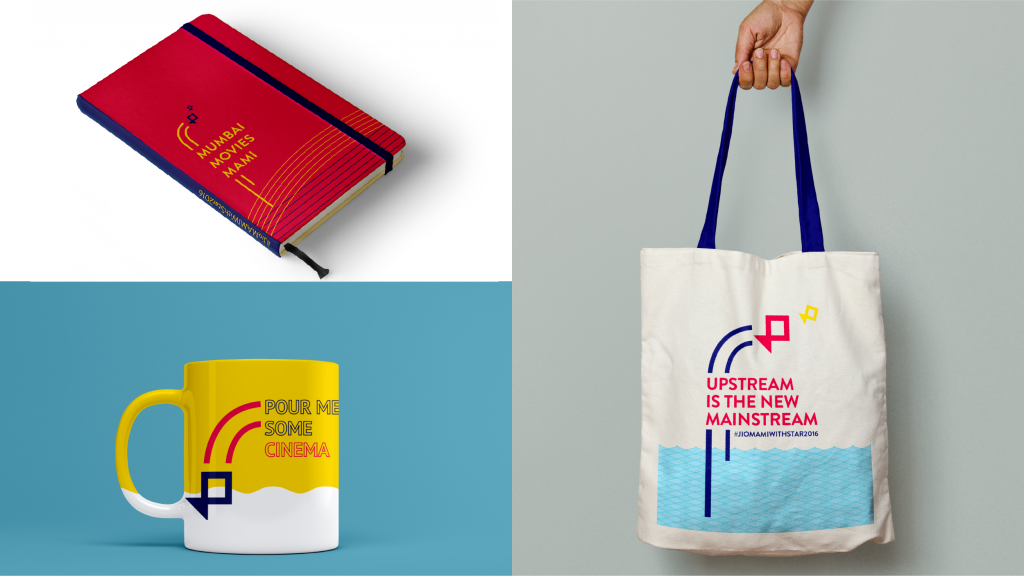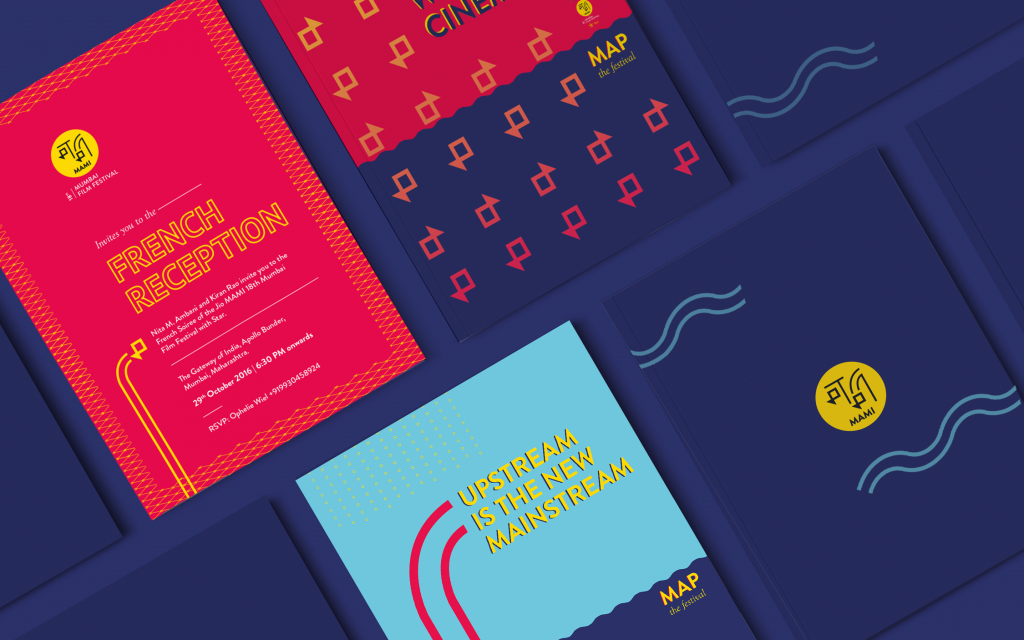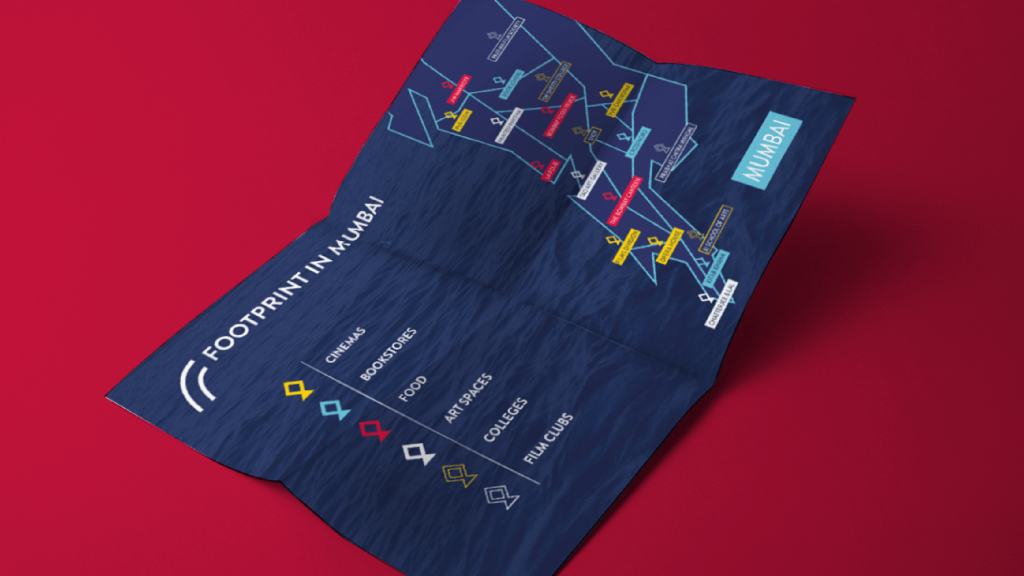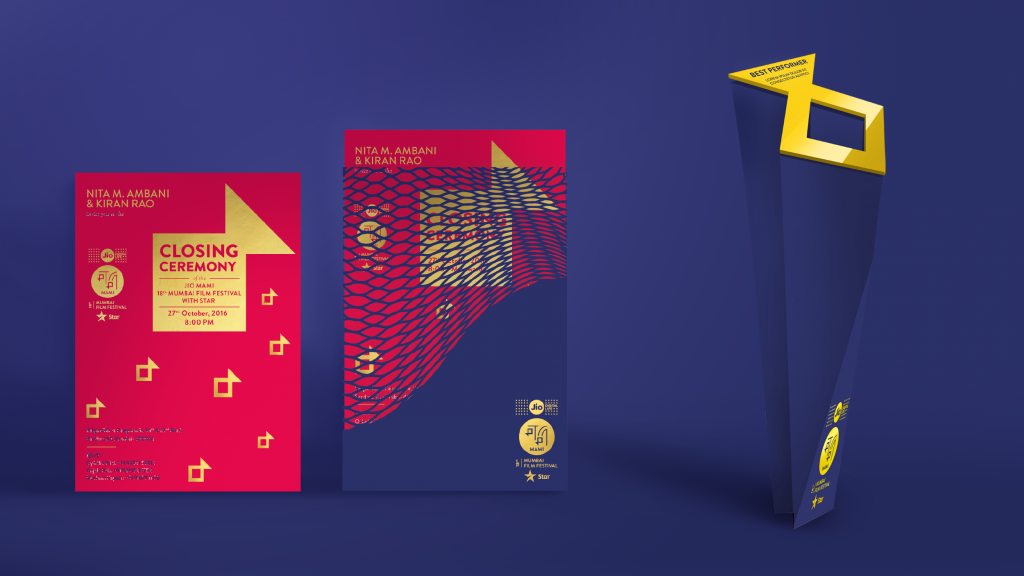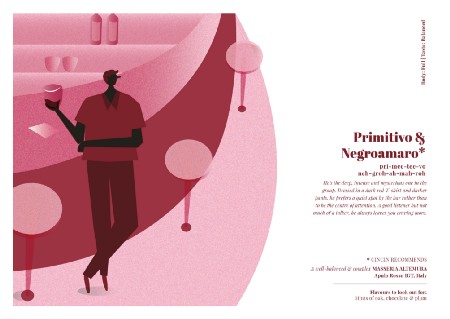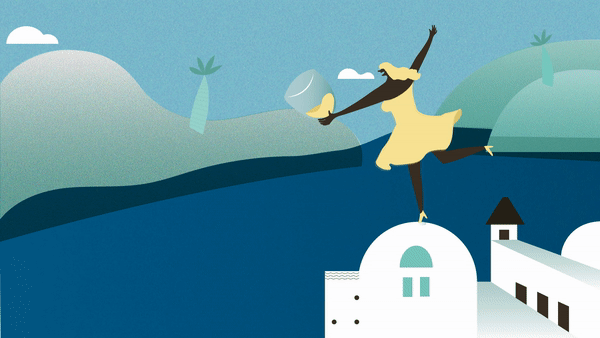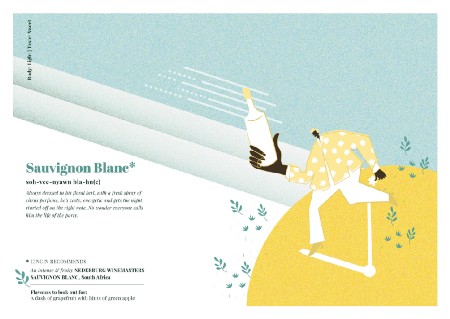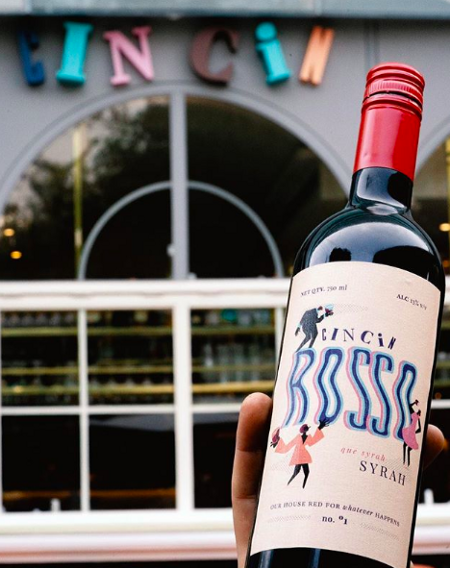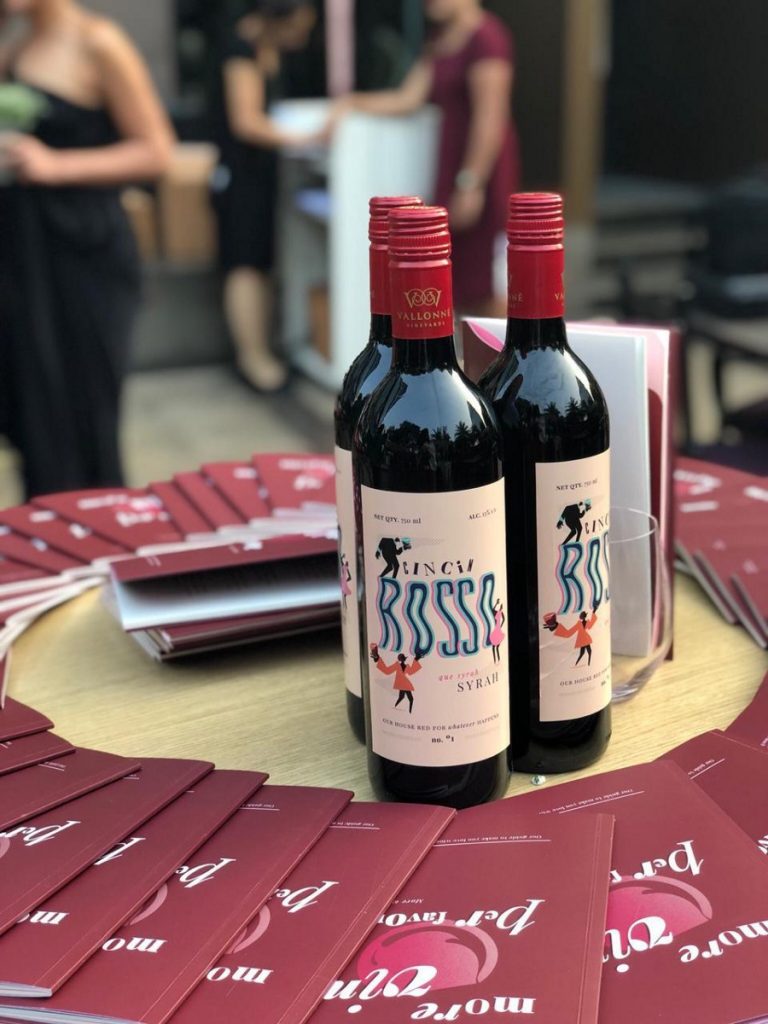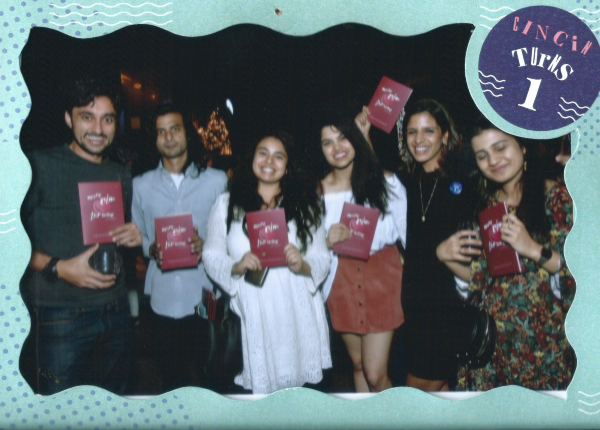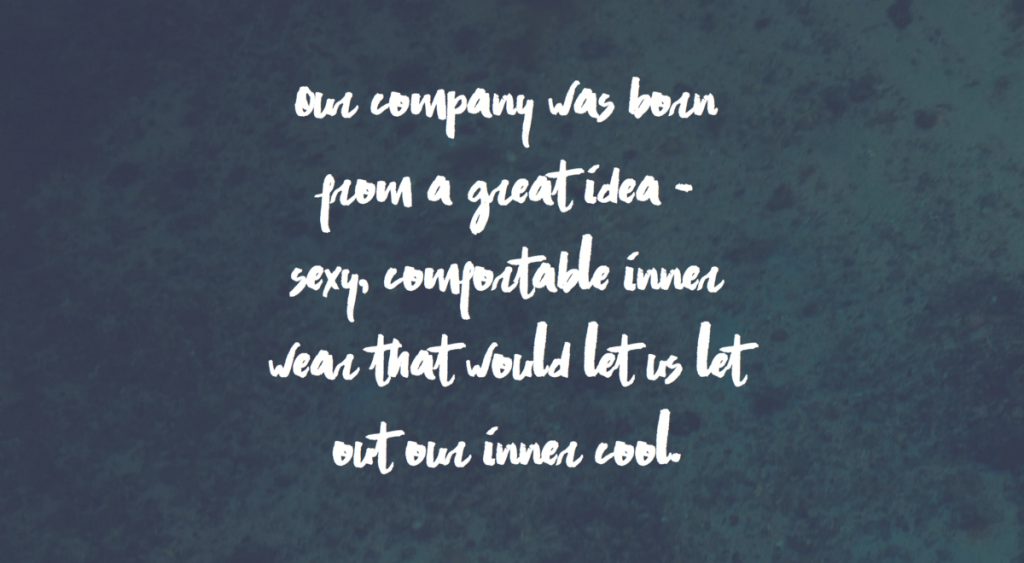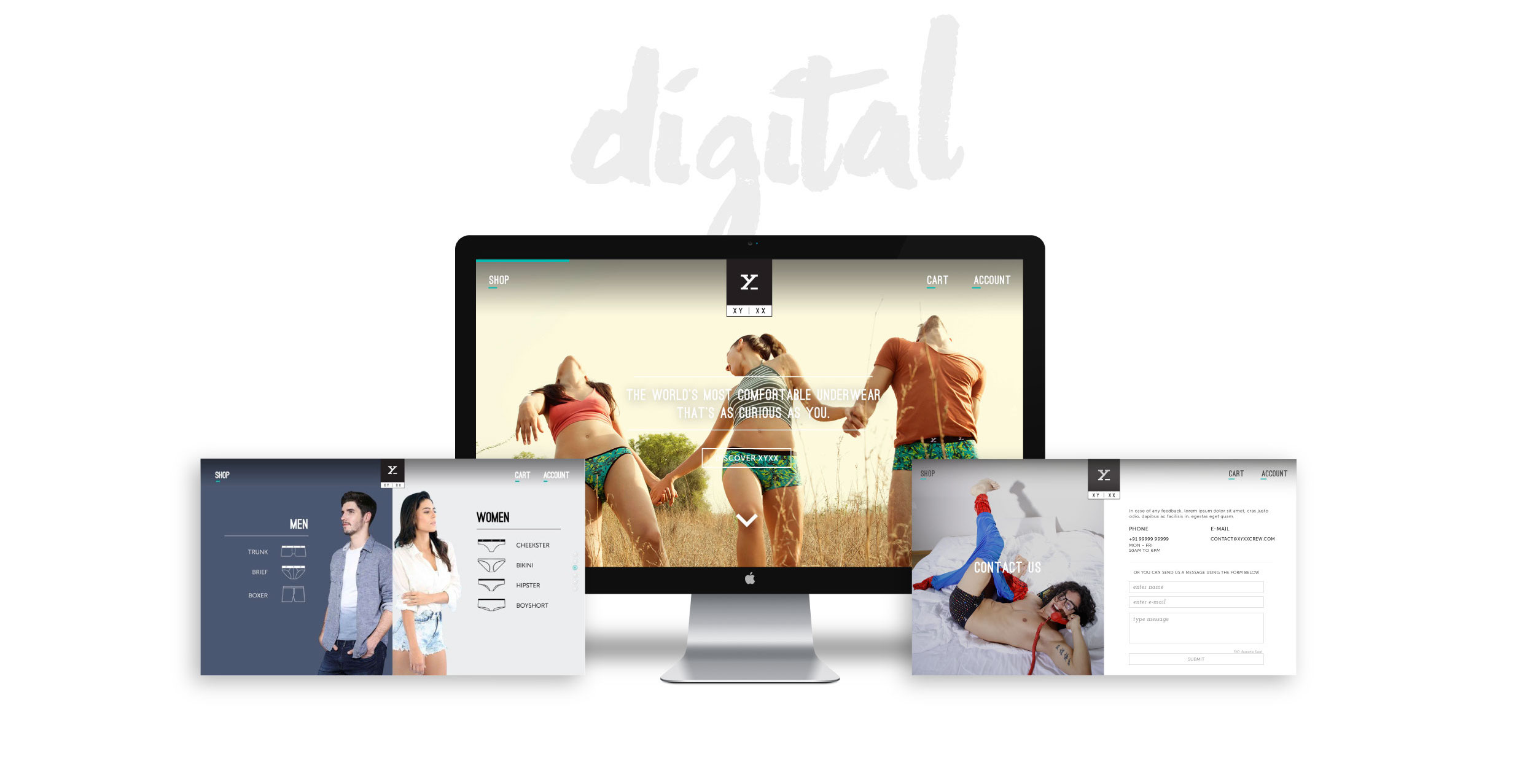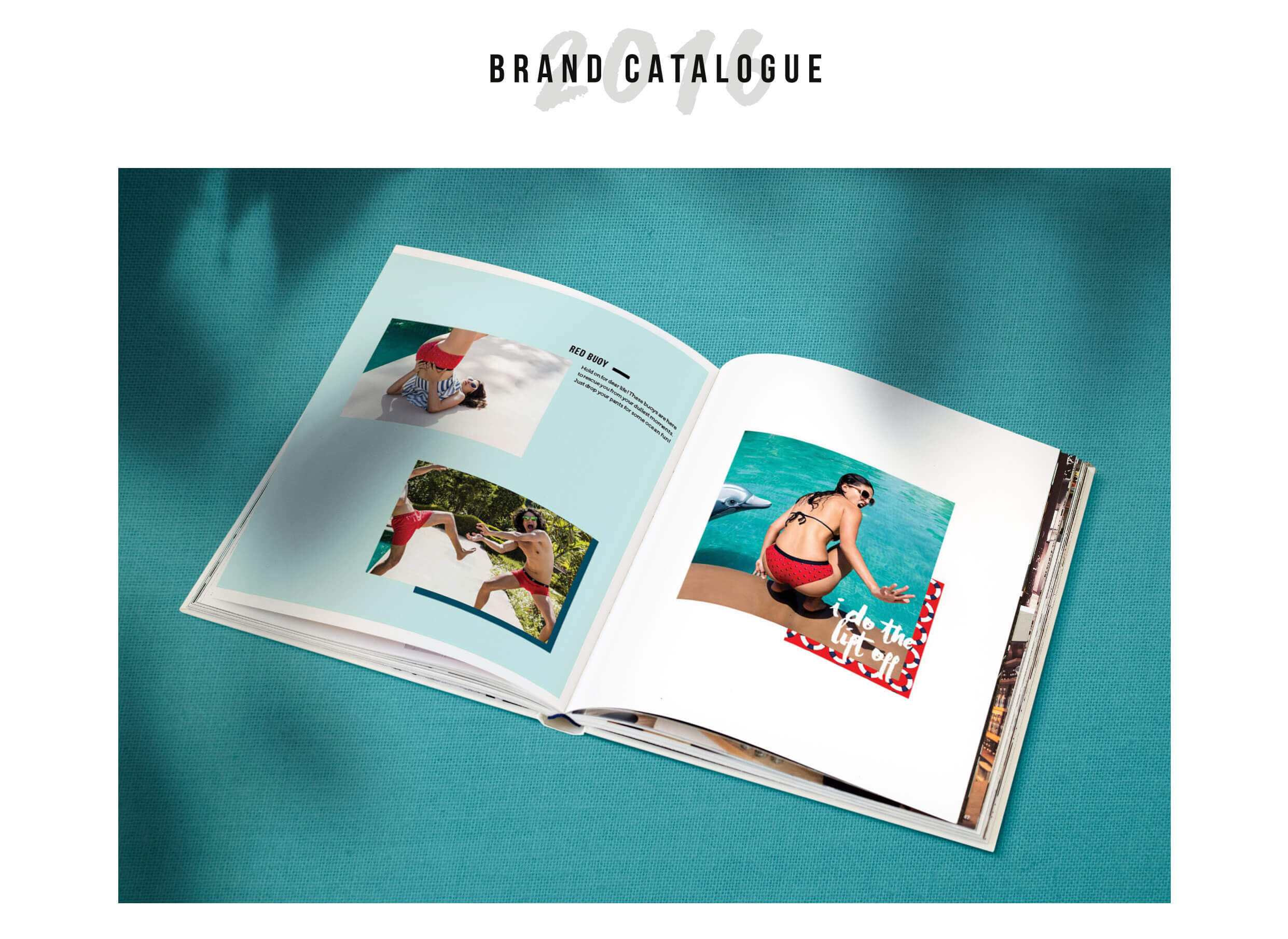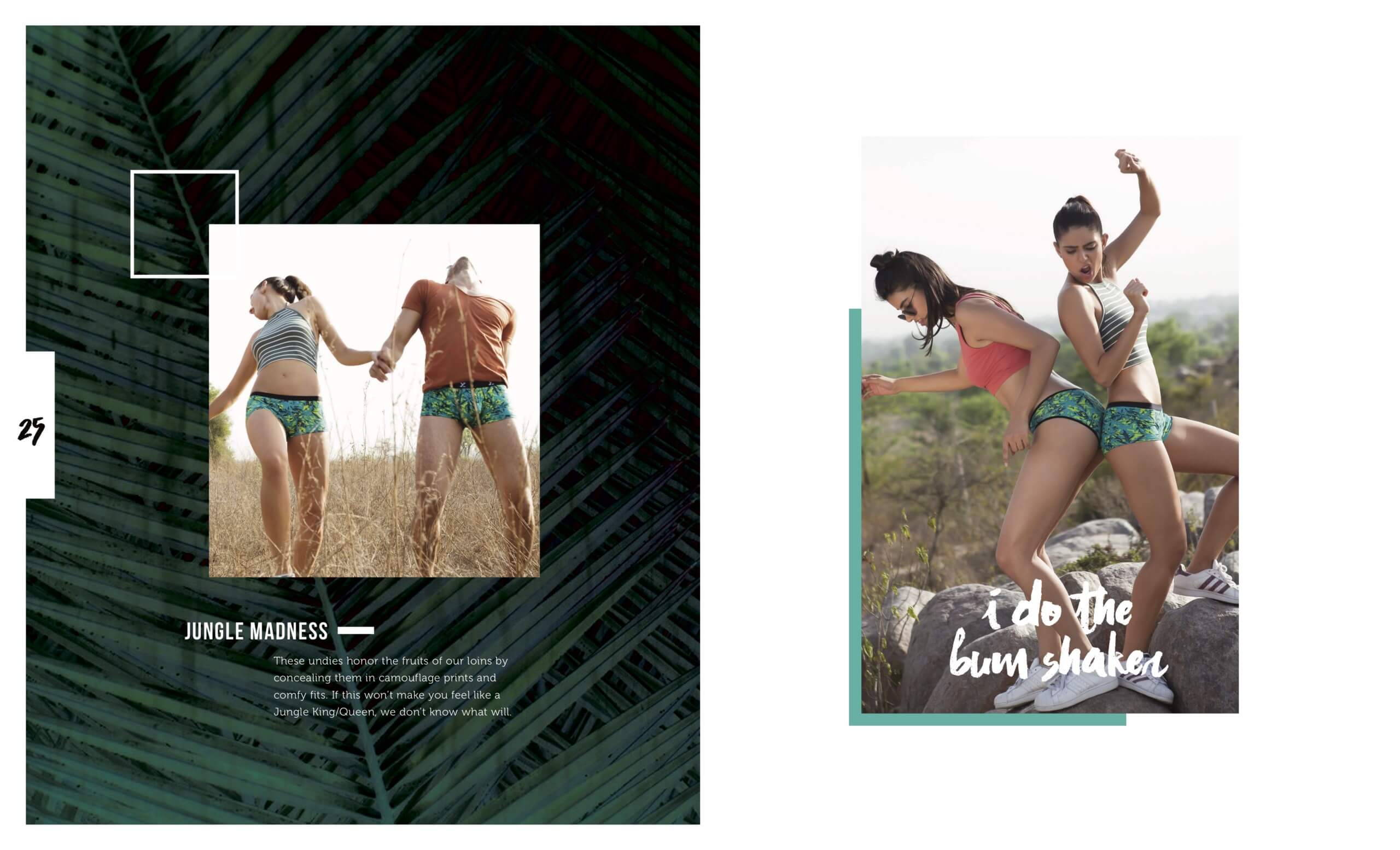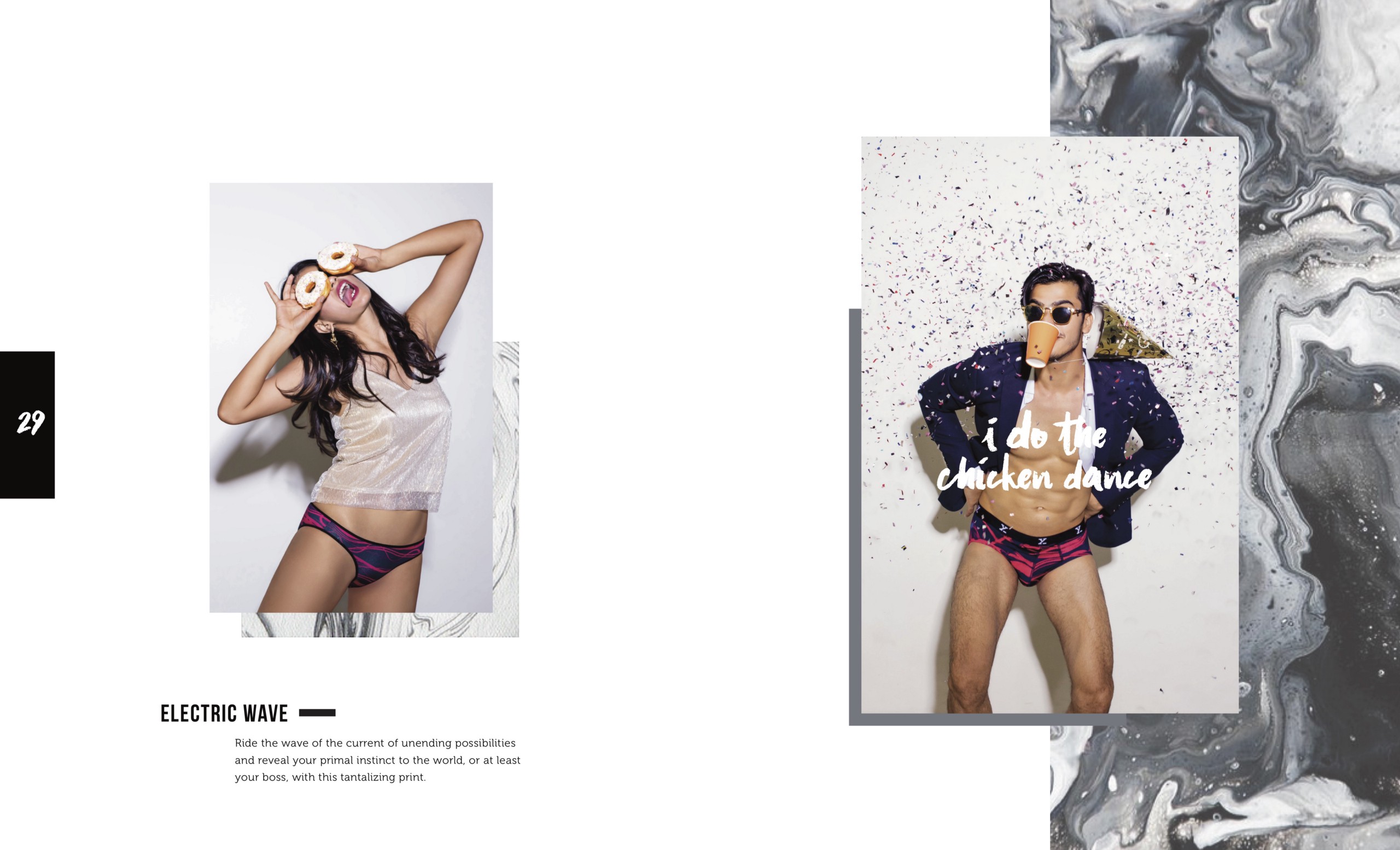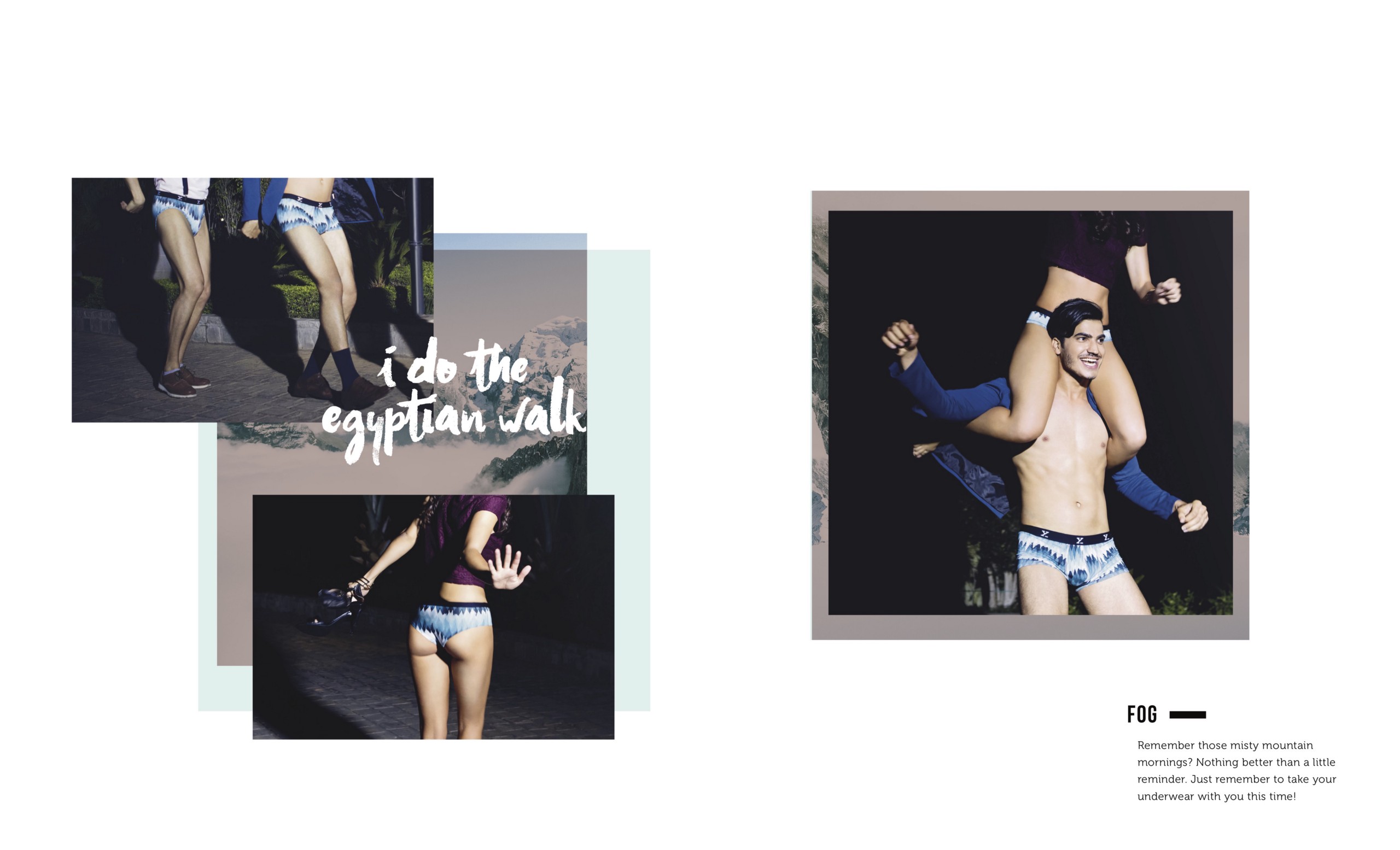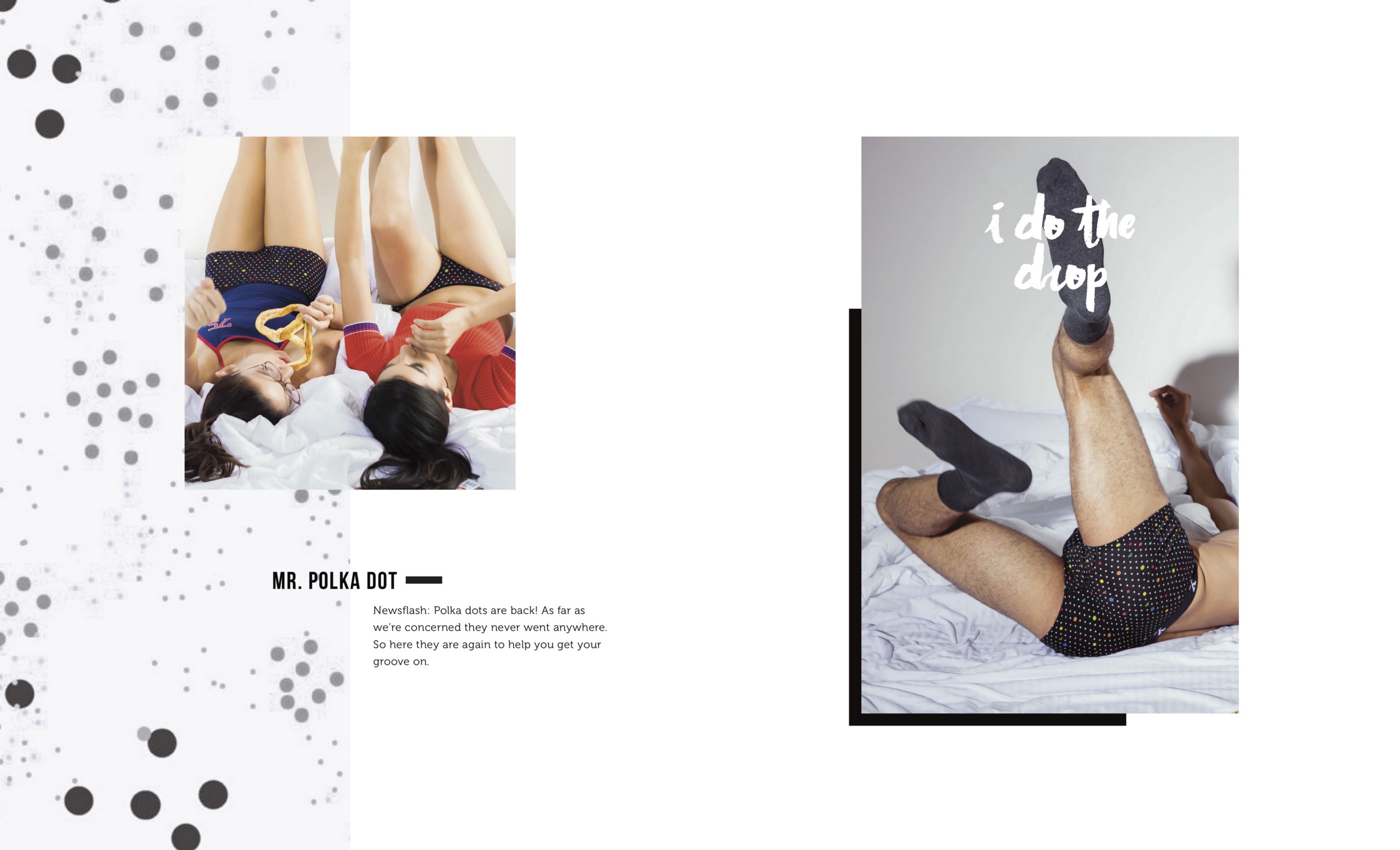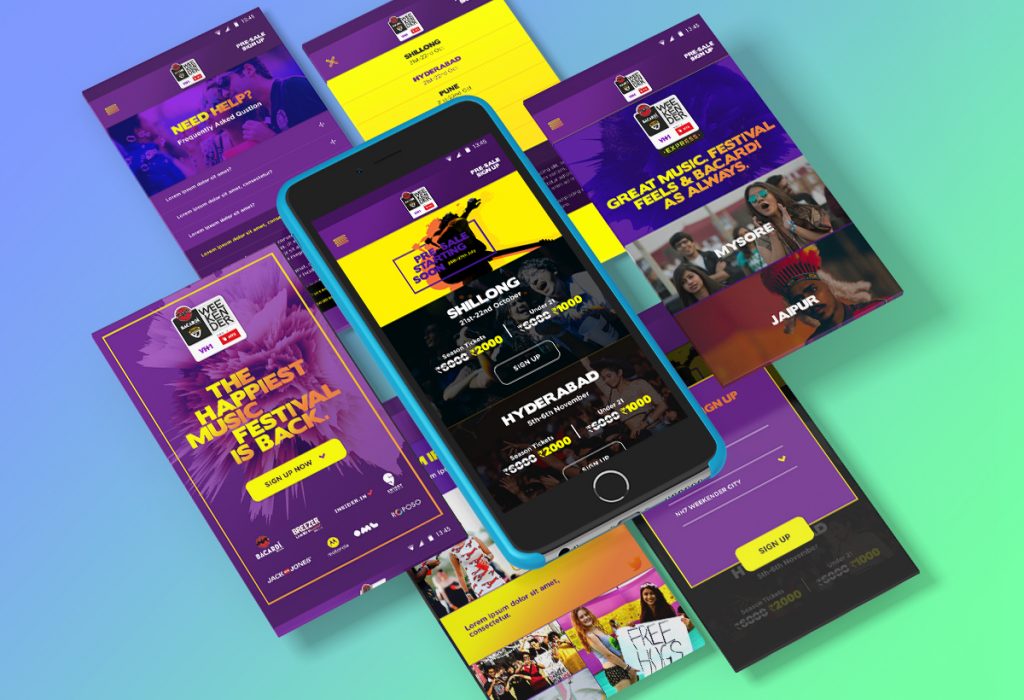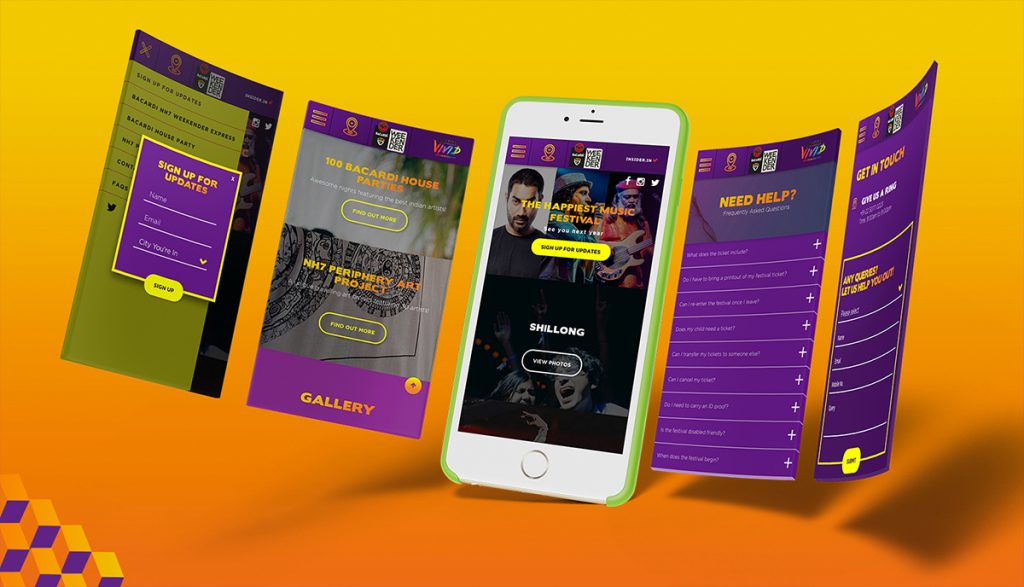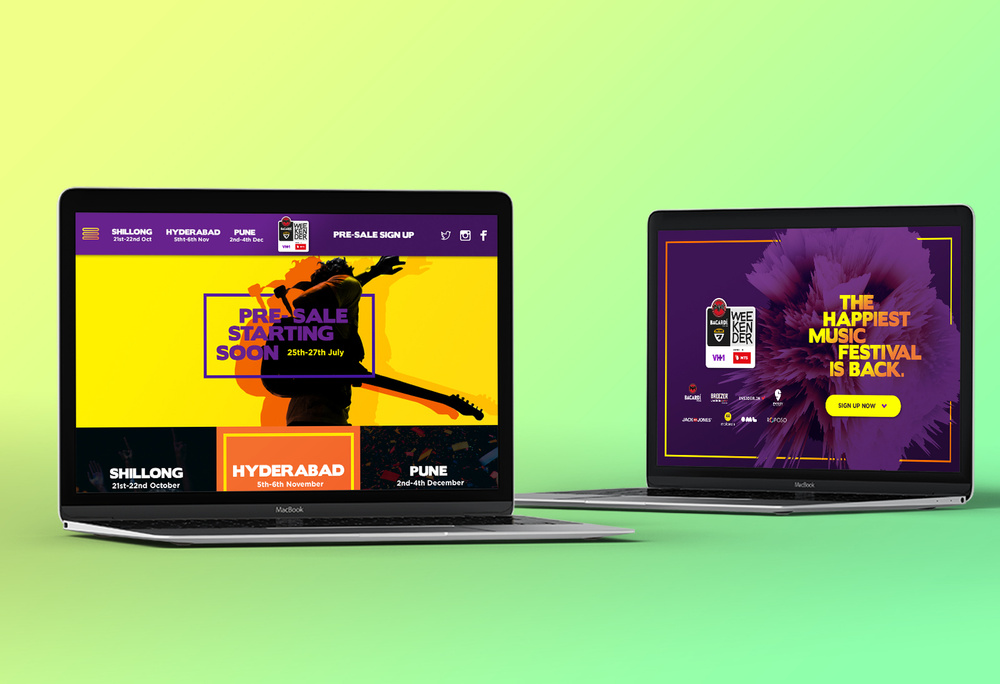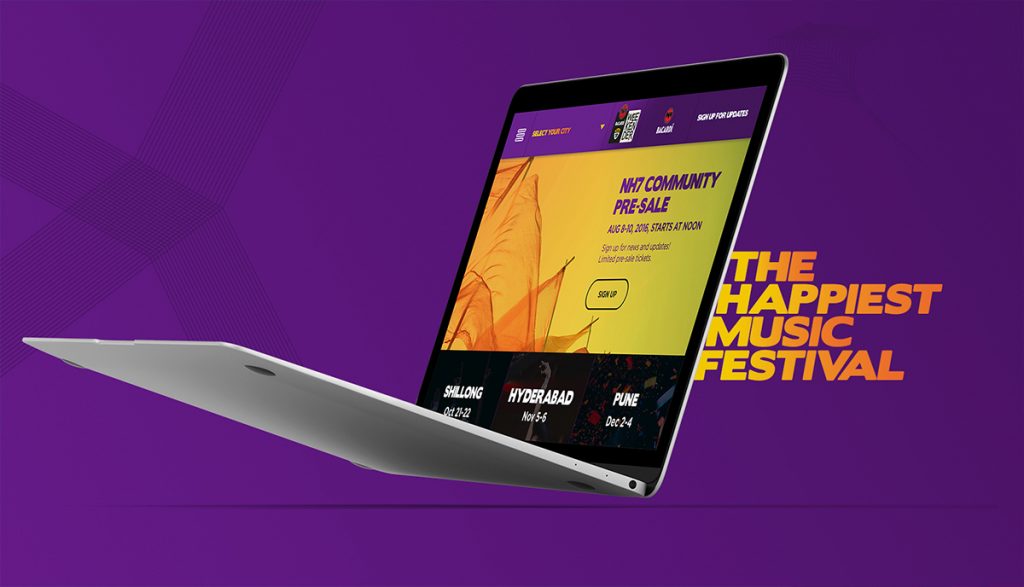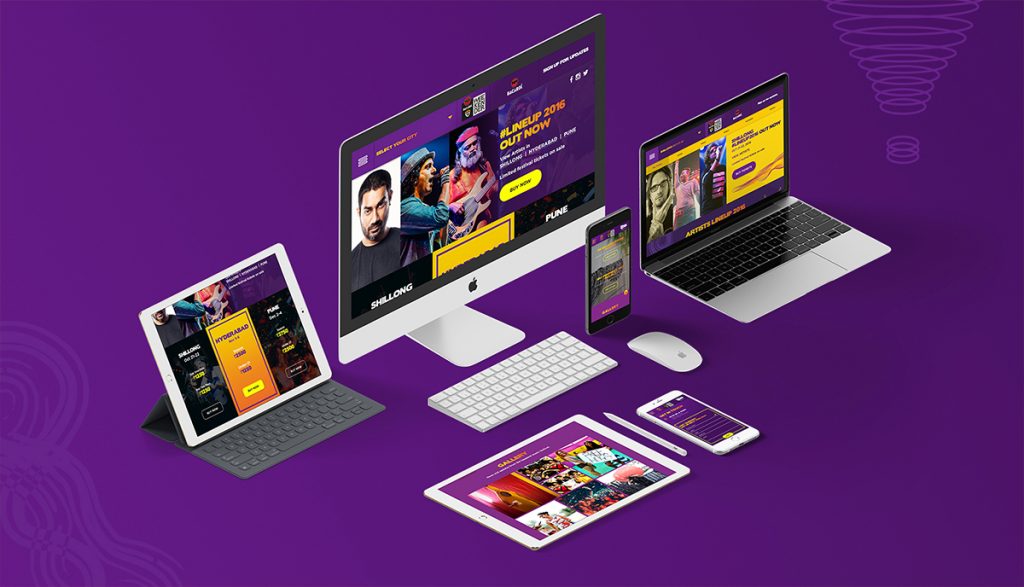The brief:
After the success of Suzette, Antonia Achache, Jeremie Sabbagh and Pierre Labail wanted to create a restaurant that was vibrant, quick-service and had a focus on health. Inspired by fresh produce, local ingredients and the simplicity of plucking herbs from potted plants on your kitchen window sill, Kitchen Garden was born.
Our task was to create an identity and extended collaterals for the brand that highlighted these elements and conveyed the message of freshness and health.

PROJECT YEAR
2016
CLIENT
Kitchen Garden
PROJECT TYPE
Hospitality
Location
Mumbai

The Solution:
We began by creating a unique identity for Kitchen Garden. The logo was designed to bring out health, fresh produce and growth, while the typography used helped us convey our ‘farm to table’ concept. Since our goal was to bring out the freshness of Kitchen Garden’s produce, we settled on using natural colours, textured illustrations and created an identity that tied back to the core ethos of the brand.

We also highlighted the high-quality, healthy, organic food that the restaurant served through our tagline, “#LicensedLocal”. This allowed us to further communicate to our guests that Kitchen Garden only used the choicest ingredients, sourced from the finest local suppliers, using no artificial flavours or processed ingredients.

Additional benefits we offered our clients and their guests were the way the food and beverages were displayed at the restaurant. We analysed how other brands displayed their dishes and created an easy ordering system that allowed guests to view Kitchen Garden’s range, while also letting them customise their orders per the preferences. The juices offered at the restaurant were also displayed in transparent bottles, allowing guests to see the colour and almost feel the texture of each beverage. This too helped us convey to our guests that all their juices were 100% natural and were freshly made.

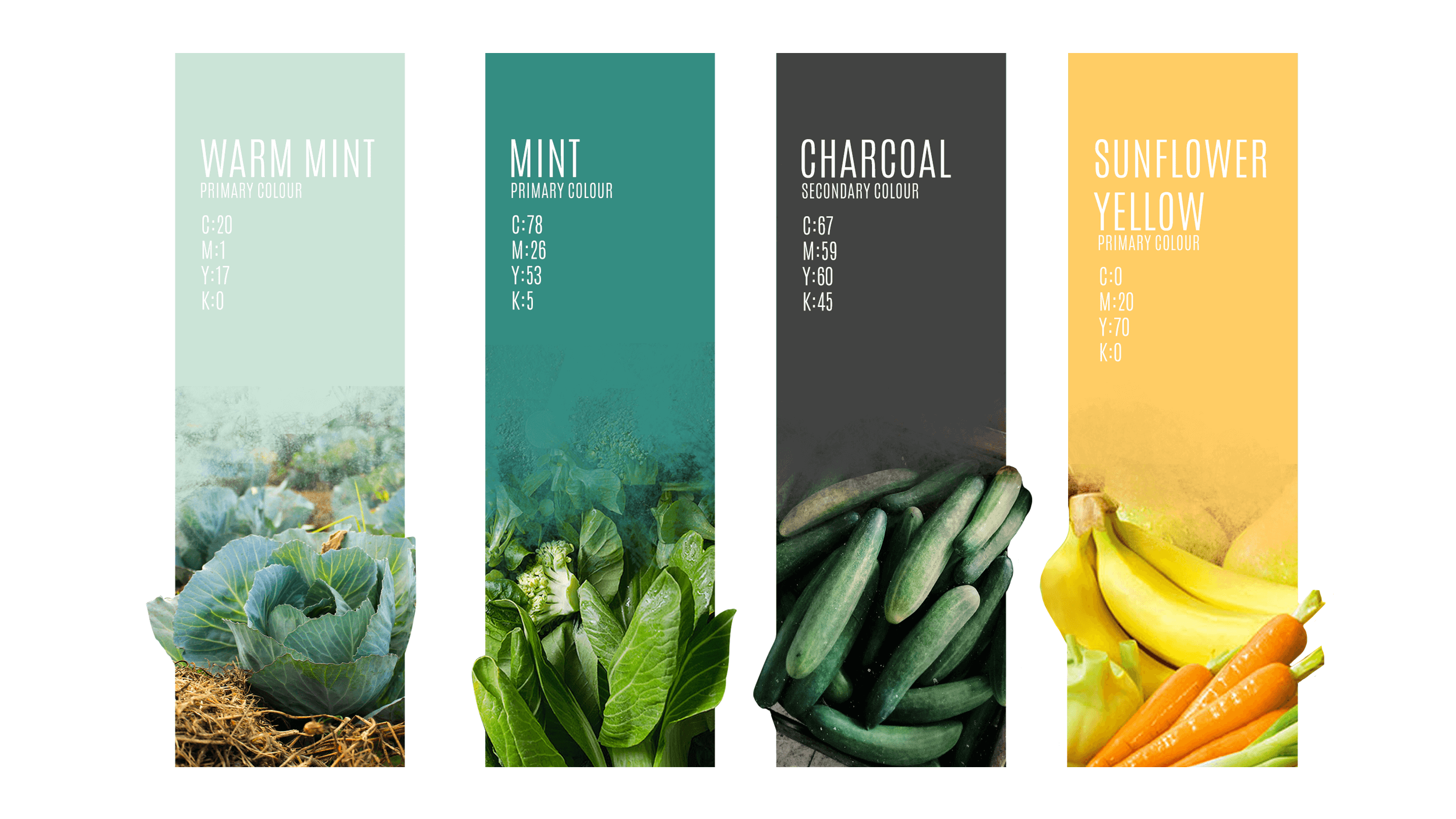
The Road So Far:
We have now taken the brand a step further and set up on-the-go versions of Kitchen Garden. These kiosks are installed at the CBRE office building and Platina business centre, both in the heart of BKC.
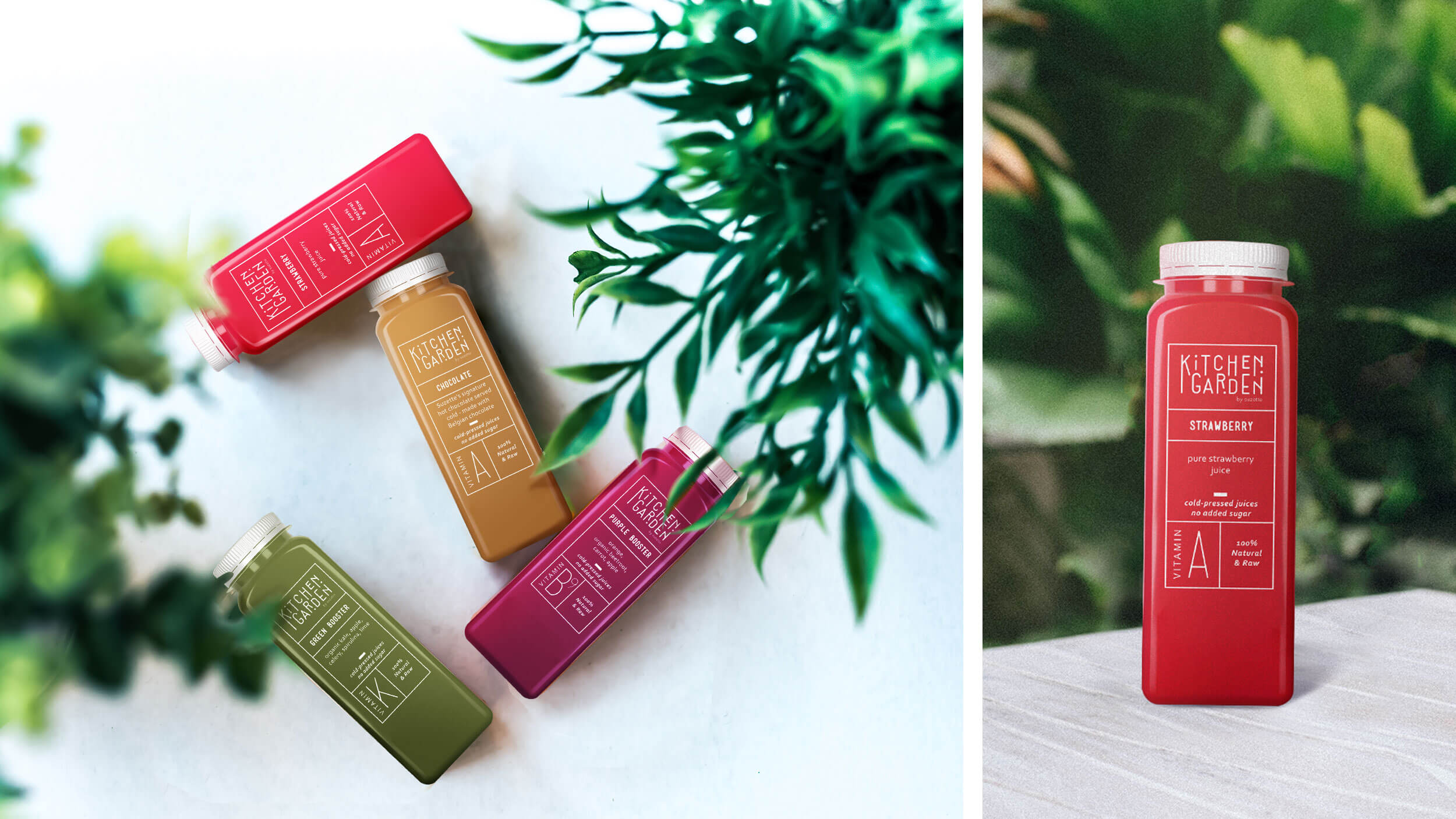
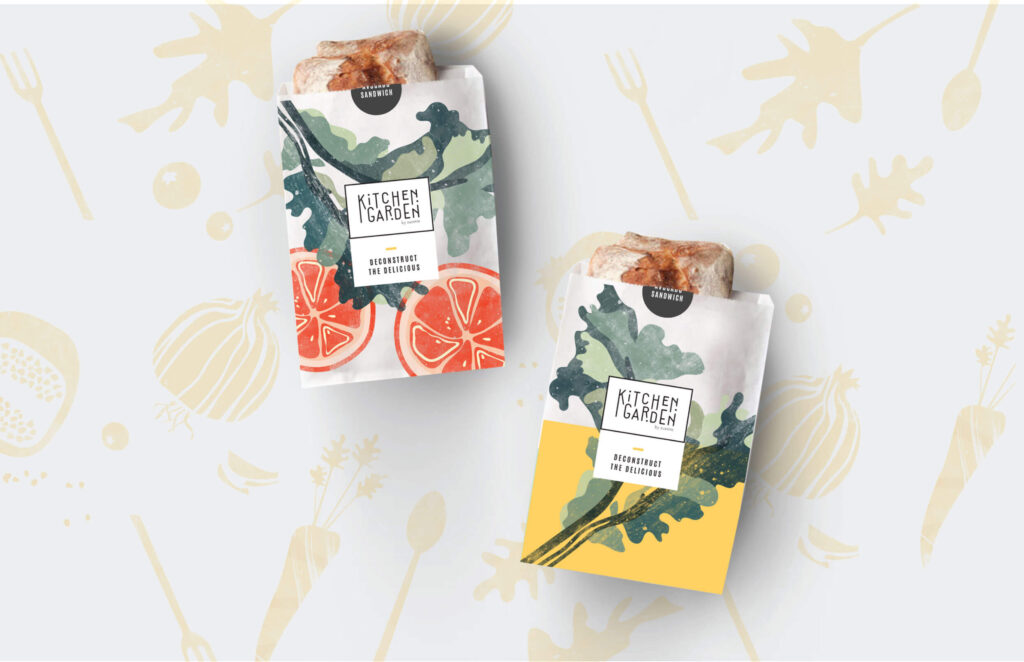
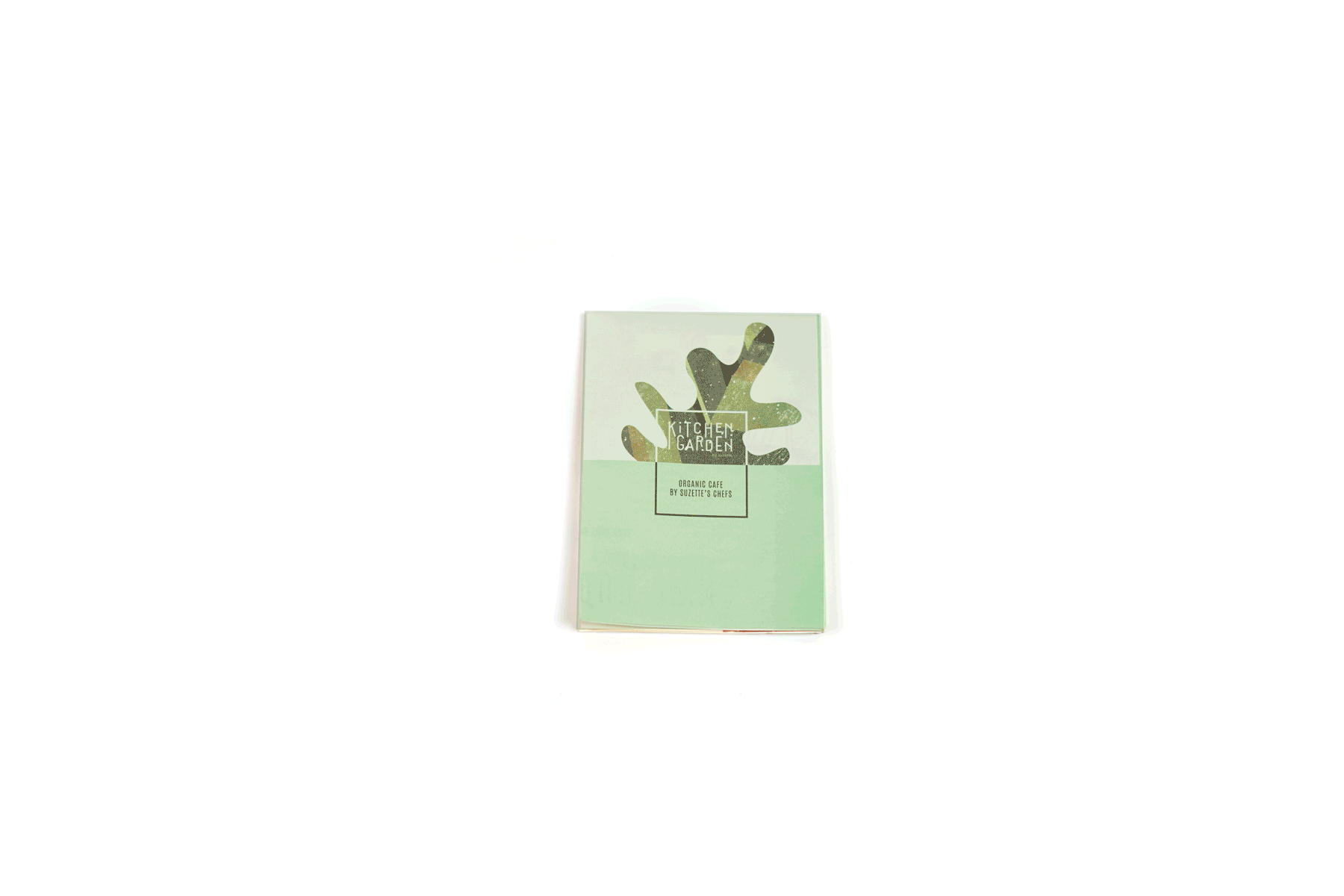


By staying true to Kitchen Garden’s philosophy, we have helped the brand earn a clutch of awards including the Times Food Awards and repeated mentions in local city guides such as Lonely Planet.
